|
8/26/2016 Two Poems by Joe RussoAlien Light me up, Beam me, As a spotlight, color me, With lights, reds, blues, Sounds, your Music, Look at me as if I'm A crop circle Mysterious, beautiful, Touch me, Make me feel Alien, Make me feel Human. Memories I might be a little tipsy Nothing’s been the same since you… And for some reason Some shitty reason, You know, The thought of you Comes creeping back to me, A ghost, ball and chain, I laugh, Remember my laugh? They say hell is real A place for the sinners The killers, liars, cheats, Gee the last two sound familiar…… They never talk about Though, they never talk about The hell Memories are, Do, For the living. 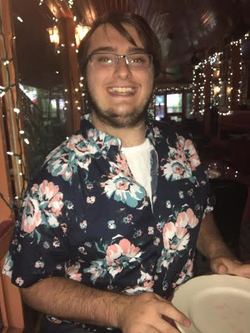 Bio: Joe Russo has been published in Linguistic Erosion, Farther Stars than These, Leaves of Ink, Typehouse Magazine, Door is A Jar Magazine, Spillwords, BoySlut Poetry Magazine and Centum Press’s upcoming antholgy 100 VOICES AT CENTUM. You can find him on Twitter - Josephrusso8 or on Instagram - Joerusso8. 8/25/2016 Four Poems by Ron AndrolaWhales in the Clouds (for Megan Bell) Whale semen circles the cream spirals in a cup of smiling barista coffee as fresh as sudden family death. A sweet black cigarette twins with pulverized beans from Java where whales roll & growl on sunny saltwater beds, a whole body french-kiss, shredded by aluminum foam. Under the ocean, whales squeeze & deflate like fat milk cows. Whales, full lungs behind Ahab's rib bones, stand upright, bent by the wind in the water. They are spiders spitting out handfuls of bouyant strings. The whales & spiders sink screaming fishing boats with bulk, webs, & hatred. Angular wing fins flap up & bubble, but all hands on deck, now impregnated by whale sperm fucked into their asses, sink. Ahab smiles like an infant farts. He's hooked by kelp ropes. Wrapped in the leafy arms of a last nurse, tiny fish snip at his purple & yellow bruises. Ahab pisses ink like a battling octopus, yet it's his blood rather than a defense mechanism shading his position, smoking like a large black flower. No love is necessary for birth or for death. No alternative terrestrial emotion globes Ahab nor his bloated crew. There is no mercy for failure. Soon, the 7 seas will contract & solidify into dirty vaseline thickened by drips of whale come. Spun coffee: the grinning barista: sanity is extreme. Logical Madness Everybody's gone, & I'm too old to jet excess DNA all over the nude backs of sexy palm trees, to procreate again. Miraculous microbes curl up, sour, & burrow into holes filling with blood on the tops of my feet; gagged demons fuck yodeling angels in midnight alleys, in soft dumpsters of death. A beach bonfire evaporates like God at dawn. I mean EVERYONE'S gone. What do I do with their eyes waking up in my brain? Their faces twist like cotton ghosts inside the complicated network of cellular mammalian veins. The dead unfurl skeins of time soaked with sight & life plasma. The face of a flag snaps in humid space, & slaps that growing grin off the sun. The Fourth of July in the Early 1960's in shadow & dew on the side of my dad's first garage, black dirt, talcum dust, hubcap rust, bone nails, & broken wood; oily, fingerprinted cans, plus a new olds 98 hold summer heat warmer than afternoon inside; I have a pack of matches & a mangled firecracker lattice in my back pocket. I'm not allowed to do this. Never set off firecrackers alone. It isn't safe. I push, like planting plants, gunpowder-rolled paper sticks, blue star ones, red star ones, deep into raw soil along the shadowy edge of the garage. Fuses show like gray hairs of grass, but bent like thick tiny branches. They cheer as fires touch & spark them. I'm fascinated by a whirl of smoke like a thinning ghost in exploded dirt. My mother yells my name from the back door, then she adds volume & my middle name & emphasizes our same last. She's serious. I step from shadows into sunlight, & a mean, loving, concerned face asks, “What do you think you're doing? Don't you know that yr father is sleeping?” He works 7-day swing-shifts in the east end steel-mill, he's young, chews Italian dog-turd cigars. I grumble, & kick up the backyard sidewalk. Mom widens the door. I scowl. I sulk stairs to my hollow sun-soaked bedroom & fall across a boyhood bed. I want to blow up everything. Why We Matter Shadows melt over sunlit bricks at dusk. The shadows burn a cursive word into my neighbor's northern wall. My neighbor's house is full of curdled thoughts, dead cranky cats, & 16th -century disgust. Scripted by a soft elm tree branch, tri- angulated by leaf & movement, [LIFE] is spelled out, shivering, by the last of the sun. I suggest Ann sits in my chair & sees the etched miracle from this perspective across our alley. “Look!” she shouts before reading the bricks, “a lightning bug! 2 lightning bugs!” (Please read the shadow word, sweetheart.) “Unbelievable, LIFE!”  Bio: Ron Androla is a poet living with his wife, Ann Androla, in Eerie, PA. He's the author of CONFLUENCE (Busted Dharma Books), 2015, available on Amazon, FACTORY FABLES (Pressure Press), 2016, along with many other books. He's been writing & publishing since the late 1970s. Prendimi se puoi! 1 (Catch me if you can!) Aquatint, 44.5cmx29.5cm AHC: Can you tell us a bit about your process, themes and inspirations? Liz: I’m a printmaker and I mainly use aquatint. The technique of aquatint is complex but basically a fine dust of rosin is melted on to the copper plate and when the plate is etched tiny holes (the space between the dust particles) result. This process can produce very rich blacks as well as subtle greys in the final print, and it is an excellent process for the creation of chiaroscuro, that is the contrast of light and dark, which can create a sense drama and mystery. I am not sure what my themes are, though I would like to think that I am helping people question their place in the environment ... in relation to both constructed cityscapes and natural landscapes. My work suggests that there are other ways of being in the world, that there are things happening beneath the surface. AHC: What first drew you to art? Was there a specific moment in your life or turning point where it became clear to you that you were being called to create? Liz: I don’t remember deciding that I wanted to be an artist, I must have been quite young as one of my school reports, when I was about 6 years old, mentions my love of drawing. My father was also a printmaker and he taught me techniques of both relief and intaglio printmaking so making art was always a part of my life. AHC: There is an almost a kafkaesque quality to your work, which I love, and a deep sense of mystery and shadow play, the scenes are unexpected, like transitions in a dream, what is going on creatively for you as you explore these worlds? Where does the inspiration lie? Liz: Images, often fragments, come to me in various ways. It could be something I see- an odd architectural element, shadows in the landscape, a glimpse of something or someone out of a train window. I sometimes use a figure which is a cross between a human and an echidna. I live outside a small town in Victoria, Australia on a block of about 20 hectares. We have regenerated the land with gum trees and other native plants so that now kangaroos, wallabies and echidnas often visit us. Echidnas are very quite animals who live harmoniously in the bush. I have felt that we could learn alot from the echidna and so my echidna person evolved. Carnevale Aquatint, 30cmx30cm AHC: Who are some of your influences? Liz: I admire the work of the Italian Renaissance painters, in particular the Venetians: Titian, Giorgione and Tintoretto. I admire the way in which they were able to use the landscape and the environment along with the figure to express emotion and ideas. Even the air and atmosphere becomes tangibile and expressive in their work. I also admire Caravaggio for his use of chiaroscuro and for his sense of the dramatic. Goya is another influence for me. His etchings ‘Los Desastres de la Guerra’ combine a condemnation of the cruelty of war with technical expertise, strong composition and drawing. The figures interact silently and with a heavy weight of inevitability. Canopy Aquatint, 15cmx 20cm
AHC: Do you have any upcoming exhibits or new projects you’d like to tell people about? Liz: I have just returned from Italy where I had an exhibition in Ortigia in Sicily. This was an exciting event for me, and I hope to show there again. I have an exhibition in my home town of Castlemaine from 1 September to 23 October this year at the Falkner Gallery. To find more work by Liz Caffin and for further information visit her website at www.lizcaffinprintmaker.com/ 8/23/2016 Three Poems By Darren C. Demaree What The Metal Holds Too Long Is Consumed By Fire #31 It’s lovely & significant that the metal is intractable, but in the dark the squeeze happens without happening. What The Metal Holds Too Long Is Consumed By Fire #32 & after that, the jostle is a search for the half- error that has lead to the play of shadows against the animal’s flanks. In a good, ruining fire, you can watch a terror of a movie that way. What The Metal Holds Too Long Is Consumed By Fire #33 Thrust upward & shooting out onto the gravel the inelegance of the final dance is dramatic, but it’s of no use to the vulnerability of a land that was once so hard with actual growth.  Bio: Darren C. Demaree is the author of five poetry collections, most recently "The Nineteen Steps Between Us" (2016, After the Pause). He is the Managing Editor of the Best of the Net Anthology and Ovenbird Poetry. His poems have appeared, or are scheduled to appear in numerous magazines/journals, including the South Dakota Review, Meridian, New Letters, Diagram, and the Colorado Review. He is currently living and writing in Columbus, Ohio with his wife and children. 8/22/2016 Interview with Artist Molly Dilworth(Paintings for Satellites/561 Grand, Infrared-Reflective Coating on Roof, 2010, 6000 sq. ft. Aerial photo of rooftop painting at 561 Grand Avenue, Brooklyn, NY in conjunction with CoolRoofs NYC. The image represents the NYC harbor after a 7 meter rise in sea levels. The blue is the water as it is today, the brown is the land that would be left after such a rise and the white is the new water line.) AHC: Can you tell us a bit about your process, themes & inspirations? Molly: I'm curious about things that invisibly motivate our actions. My specific interests range from phenomena in the physical world - hydrogeology or weather patterns - to human-built structures such as trade routes or new technologies. This began with making Paintings for Satellites, paintings on rooftops and street surfaces to be seen on Google Earth when it was a new tool. (Oakdale/Carver pool, Masonry paint on concrete, 2012, 40,000 sq. ft. Painting for the Oakdale Pool, once a segregated public swimming pool, with an inlaid outline of the Carver Pool, the once all black pool in Salina. ) In the beginning I needed to get a handle on making something on a large scale, and understand how materials would behave exposed to the elements. After I understood how to do that I began thinking about the history of the sites I was painting. For a long time now I’ve been looking at traditional mostly textile patterns as method to investigate and communicate these histories. In the past couple of years I’ve been thinking a lot about global trade, both in how it shapes human behavior and in the materials it generates. Although it’s very efficient, all this production generates a lot of waste that, here in the U.S. ends up in landfills. I’ve been using those excess or obsolete materials to create sculptures with vernacular techniques – braiding, whittling, sewing – to establish a personal link to this system of global trade which at this point is so pervasive that it’s impossible to avoid. It’s a way for me to understand the world. (Fort Industry, Masonry paint on cinder block, 2015, 20,000 sq. ft. Mural project for a city park department building to be viewed from I-280 in Toldeo, OH. An updated version of dazzle camouflage, used to disguise ships in World War 2, combining patterns from the Bauhaus school with historic Native American decorative motifs from the Ohio Valley. The design gives a nod to close ties between Toledo and European industrial production, but is built on the visual architecture of pre-European traditions.) There is really no short list of inspiration for me, but recently I’ve been thinking a lot about the 2013 exhibition Interwoven Globe: The Worldwide Textile Trade, 1500 – 1800 which is a beautifully researched education in how trade was established. I just saw a very nice Shelia Hicks show at the Joslyn Museum in Omaha and I’ve always been a Stuart Davis fan so his show at the Whitney was a pleasure. (A to Z, 2016, dimensions variable (work in progress) A series of sculptures to develop a taxonomy using vernacular techniques with materials from the waste stream.) AHC: What first drew you to art? Was there a specific moment in your life or turning point where it became clear to you that you were being called to create? Molly: I grew up in the Midwest making a lot of crafts, studied art as an undergrad and at some point decided to go to grad school for art. There was never a eureka moment, it was more of an interest that grew deeper the more I studied and worked, combined with a disinterest in choosing a more pragmatic life. (Ghost Acre, Masonry paint on concrete, 2013, 8’ x 2’ x 60’. Pillar in the garden of The James Hotel, New York, NY Painting for the pillar in the garden at The James Hotel. Named for extraterritorial land annexed for production, the work incorporates iconography from the site (Avenue of the Americas at Canal St.) and Caribbean countries whose land contributes to the GDP of the U.S.) AHC: Who are some of your influences? Molly: My influences are a combination of contemporary artists and works from history. If I’m feeling stuck I can go to the Met and look through thousands of years of human problem solving. I really love the work of the sculptor Virginia Overton, and am a huge fan of Ann Craven. I could look at Kuba textiles from the Congo for the rest of my life and never be bored and I’m currently fascinated by this very uncharacteristic Morris Lewis painting at the Philbrook Museum in Tulsa. (Time Present, Painted aluminum, 2016, 10’ x 50’ x 3’Sculpture for the 40th and Airport light rail station, Denver, CO Inspired by contemporary nanoscience research at Colorado School of Mines and experimental dome building in Trinidad and Gardner, the metal relief sculptures for the 40th & Airport station honor the experimentation, innovation and future problem-solving that are critical to the culture of Colorado.) AHC: Where do you find the inspiration for your pieces? Molly: My work is always a feedback loop between the research I’m doing and the work in the studio. Sometimes the research starts with a location, and sometimes with a topic that leads to a location. Often one body of work bleeds into another when research from one project becomes relevant to the next. (Flag State / Greenwood, installation) (Cool Water, Hot Island, Ride-a-Way on street surface, 2010, 5 blocks/50,000 sq. ft. View looking south from the 47th Street. The color palette of cool swirling blues alludes to the historical geography of midtown, especially the Great Kill stream that once flowed near contemporary Times Square. The cool colors were chosen to make the plazas more calm and comfortable for pedestrians, and to contrast with the reds and yellows of the neon billboards.) (Flag State / Greenwood This project, to be installed between the anniversary of the May 31 Tulsa Disaster and Juneteenth 2016, will mark historically significant sites with flags in the Greenwood District of Tulsa, OK. The 1921 Tulsa Riot, often referred to locally as the Tulsa Massacre, saw the complete destruction of one of the wealthiest African American neighborhoods in the US.) AHC: Do you have any upcoming exhibits or new projects you'd like to tell people about? Molly: This year I installed my first permanent sculpture in Denver, at the 40th & Airport light rail station. Some of my Flag State flags are installed at the Oklahoma Contemporary Showroom at 11thand Broadway in Oklahoma City through the end of October. The flags will also be at the I Dread to Think exhibition at the Boston Center for the Arts in January 2017. In September 2017 my permanent installation for the Portland State University School of Business will open. My painting Ghost Acre can always be seen on the column of the James Hotel on Canal and 6th Avenue in New York. (Studio wall painting, acrylic, gouache and colored pencil, 2016, 12’ x 20’ (work in progress) Painting for the wall of my studio in the Tulsa Artist Fellowship based on signage of businesses destroyed in the Greenwood District of Tulsa during the 1921 Tulsa Massacre.) (Flag State / Red, collaged sailcloth, braided cord, fiberglass pole, 2015, dimensions variable. Installation at Respond, Smack Mellon, Brooklyn, NY. Made from excess materials that are the byproduct of modern production, these flags are both abstract compositions that refer to symbolic forms of language and resistant co-optations of signs of state and corporate power. The flags are installed to mark temporary autonomous zones where discussions of state power, ethics and labor are encouraged.) (mall pattern paintings 2014 – 2016, gouache and acrylic on photo paper, 4” x 6”each A series of paintings researching non-gridded decorative patterns, to be used in future commissioned work.) (Small pattern paintings detail)
To find more of Molly Dilworth's work and for further information visit her website at www.mollydilworth.com THE CALMING DISORDER OF IRRATIONAL TENDENCIES Isolation has that telling that never begins. Reaching the weekend house would require similar restraint. Little piles of rocks benches of contemplation nonsense dragonflies. A dirt road when it departed gradually, then another rock trail zigzagging crazed. 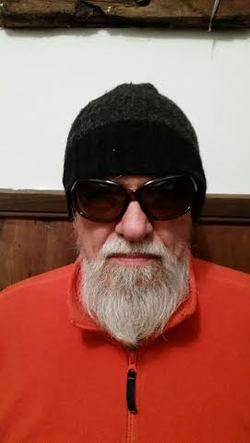 Bio: Colin James has a chapbook of poems, DREAMS OF THE REALLY ANNOYING, from Writing Knights Press. 8/21/2016 Three Poems by Lynn WhiteNumbers How many times have we had this conversation? I don’t know. I’m not good with numbers and neither are you. Probably, it’s the same number of times as we’ve promised not to have it again. I’m not very good with promises either. And neither are you. How many times have we made a decision, a final decision, that has convinced us? Probably never, as we’re still having this conversation. I’m not very good at decisions either. And neither are you. Life has become too complex for us and the numbers don’t add up as we’d like them to. We want to stop at two, but there are other numbers in between. So, our numbers keep on adding up to nothing. Nothing except conversations and promises that we don’t want or believe in. And are unable to end. An Effin Poem With your effing this and effing that. You may think you’re Bukowski but you sound like a prat. If I Were A Butterfly If I were a butterfly where would I fly? I could grace every home bringing good luck every time. Make sure that my children ate up all the weeds, and recycled the waste without judgement or hate. In a world that’s at peace I’d find my place. Hmm, if I were a butterfly I’d think this must wait. If I were a butterfly where would I fly? If my soul were parochial it would hang in my space, It would look pretty in my garden, propagate where I said, and keep watch with indulgence as my kids ate the rest. If I were a butterfly I’d think this was sad. A life is too short to live in the past. If I were a butterfly where would I fly? Like all souls of dead warriors for justice and peace, I’d fly down the throats of the haters, war mongers, arms traders, parasitic self servers. Yes. They’d choke on my body and ingest my eggs. My children would eat them, feast on them, thrive then fly on to the next. Yes. If I were a butterfly that’s where I’d fly. If I were a butterfly then where would I fly? I would grace every home bringing good luck every time. I would make sure that my children ate up all the weeds, and recycled the waste without judgement or hate. In a world that’s at peace I’d find my place. 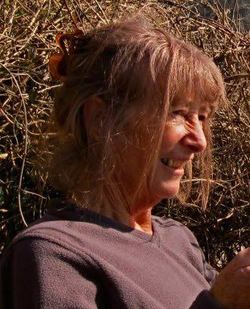 Bio: Lynn White lives in north Wales. Her work is influenced by issues of social justice and events, places and people she has known or imagined. She is especially interested in exploring the boundaries of dream, fantasy and reality. Her poem 'A Rose For Gaza' was shortlisted for the Theatre Cloud 'War Poetry for Today' competition 2014. This and many other poems, have been published in recent anthologies including - Stacey Savage’s ‘We Are Poetry, an Anthology of Love poems’; Community Arts Ink’s ‘Reclaiming Our Voices’; Vagabond Press’s, ‘The Border Crossed Us’; ‘Degenerates - Voices For Peace’, ‘Civilised Beasts’ and ‘Vagabonds: Anthology of the Mad Ones’ from Weasel Press; ‘Alice In Wonderland’ by Silver Birch Press, and many rather excellent on line and print journals. https://www.facebook.com/pages/Lynn-White-Poetry/1603675983213077?fref=ts lynnwhitepoetry.blogspot.com 8/20/2016 Three Poems by Peter MarraHer Hungry Eyes Make her so Appealing she was the failed engine of the war-machine but she became the better demon she was the slick seductress of the linear accelerator and her tongues slithered so gently on cool metal tubes she was the crucifier of the oppressive patriarchal matrimony that steered towards oppressive dehumanization the ultimate dance of mystery had started dangerous people were tonguing the subway windows coveting feminine silhouettes breathing slowly softly brazenly evaluating each orgasm for effectiveness proselytizing the scourge of drug trafficking all wrapped up and ready to go vividly blowing kisses the slaves encased in leather had episodes of tight panic they were just the receptacles it’s my party and I’ll cry if I want to the Asian midget in the Nycmta uniform read from a clipboard the names of stations on non-existent subway lines the high nasal voice infected the passengers but those who were encased in animal skins started to twitch (cool it baby) intimate diaries were extinguished a privilege for hungry lips only the background was composed of faded Ektachrome taped to the cracked plaster the editors of pleasure reconstructed the sound of a distant door closing accented by a heart-stabbing dull thud she pulled her dress over her head to display the secret markings etched in electricity the digital files were processed (just don’t lay there) wheezing bulb hard splintered flash burnt air tumor-memories of the polaroid SX-70 violent after-smell washed out billboards recollections of distant serial killers total radiation exposures watch and participate in the back behind her in all directions end of the line in that area where the somnambulist paused to kiss each of her breasts and buried each eye in a kaleidoscopic cervix she submitted to the lips of chance and annihilated the touch of skin gams a-quiver in pressurized time she noticed that there was a flushed face on the other body it was spasming and jerking a cock until a kiss on the cheek was received thrilled by building recollections of destroyed families they had started living inside forests of cracked glass one upon the other on the Coney Island beach at 9 pm just as the sun kissed her goodbye it all fell down again in mid-July she smiled as she drew sigils in the wet sand using the tears she had gathered red-designs of unknown origins were created to be gently washed away when she had finished she started once more chanting the tunes of malocchio “the dead are gone, the living must die. i was busted by the hammer of christianity, this nation has spit on us. america brought us a subjugation.” Sexy Sadie spoke her final word: “amen.” when trapped by the joy of injustice and the lack of remorse structures frightened her the sleepwalker had decided to no longer continue as a murder-weapon dehumanization was seen in the act of love a cleric passed by disappointed in the lack of fucking opportunities no more victims as he wallowed in memories of past crimes condensed desperation defined their lives wandering on glass roads creeping the naked corpse admitted victory as limp figures became praying hands gazing lovingly at targets she was the failed engine of the war-machine but she became the better demon gazing longingly at targets Midnight Tattle-tales: A Diary of a Short Painful Hypnosis 5 minutes in: she was tired of her body and the touch of humankind a good time is nothing unless sexually taboo conversational illustrations of people adventurous under flayed dreams quivering in the warm July breeze of a fallen nighttime domesticated in the brain but not the heart she had acquired sets of reactions a blood curdling few seconds squeezed herself into fantasies with desires to leave the b0dy behind visibly shaken by the circling predators she knew she had fetishized herself but “that was the point, wasn’t it?” 25 minutes in: her body vibrated uncontrollably vivid and entertaining 3 repair mechanisms; she leaned out the window and whispered, “i see you! i see you! peek-a-boo!” 3 persons viewed at the end of the block they licked each other and then they spit on the pavement before hiding under smoke and oil around the corner next to the bodega next to the pelicula trading 1 pain for another in a bone deep ache joint fire sting 55 minutes in: next to the film underneath a stage where her secrets were whispered and not given away freely going towards nude in the stop motion animation $5 a peek-a-boo a feature film just die in CGI “she’s got the good stuff. keeps it deep down there.” a lowered basket through a hole in the ceiling. her friend got sick. yellow puke-shot – white froth. coughed up shit. oh. baby. go hide go hide go. oh. baby. oh. here’s his head and some other body parts: my mommy and daddy nailed to a steel wall. the jets scream above. shrill chemtrails we’re beaten down.” in a bone deep. ache. joint fire sting the taste of nettles colored her eyes ebony and outside in the front yard objects covered with fur suffer internal bleeding spit up red they talk to her 1 hour 10 minutes in: skies broke into blue provided illustrations and she screamed at the archive of torments this light is too bright [in between brackets she sucked up the clouds] now zero: general mind/body interaction. in her moans were revealed the secret: she had changed from shadow to substance have it now, tasting the fixation followed by eyes closed watch her she says things back to them just touch me just fine Pickup Alley (Girl of the Year) (based on actual events in Show World, NYC 1980) Or them. Those bodies enjoyed the veneration of the insanely devout It’s time to generate a performance under dark under sunlight in between Want to be free of this shit (born under progressively rapid fire) This was a platform for wild visuals whimpering at the exquisite hips, pressing another face against forgotten wishes even more heroes are cowards. These were the films that spoke. She repeated herself. "I want you to use the strange electricity conjured from within, confident we will continue as 2 still lives.” Just trying to promise the elimination of creative control fingers were directing this first feature spotlighting tummies and thighs. 1st phase of a parallel divinity so she said, after cumming so far in fractured therapy Chastised with the belladonna leather corset the bodies were electrified She realized that this atmosphere had become so stimulating so deadly kiss me Energized by mutual pain they hid in the dark doorways unable to talk alert today for a dead tomorrow she performed research with the human remains from Neolithic eras fueled by cannabis and LSD darkness she screamed not out of fear but as a result of tactile pleasures she stared at the skull and felt herself breathing in a distant region looking back upon herself robbed of her clothes by the random hands she smiled to herself reborn she watched the crowds disappear the intracranial fists were beating from sweet trepanation “did you wish to cum?” she asked She was greeted with quizzical stares “I wished I was kissing me. I put the car in drive and went back to see the guys tied together, because the next thing I knew it was finished.” she speeded. lost in the moment “suck on it. a real rush to see what it’s like. a real bitch,” she stated for the record beauty book such a bore thrown back into her tortured faces without getting the heebie-jeebies purpose none Historian and philosopher of the dead, tumbled backwards from the setting sun Focusing her bleary eyes on my bleeding smiles she asked to hear my confession. “The first bullet missed me,” I said. “The second bullet went through my upper arm - a clean shot. Still hurt like fuck. Codeine was needed. A single stream of clouds passed in front of the moon, as unfocused as your attention. I felt dizzy, so I sat down, leaned my back against the wall. There was blood in the glasses of milk, no mothers were feeding. I fashioned crippled Madonnas from these pieces of glass and those rusty nails gathered at the shore. Inside each sculpture I left a black pearl for you. That’s why I did it. No. That’s why I did it. Morphine was required.” She sighed silently and said, “Afterwards, we gambled for his clothing.” we moved around a drive-by shooting crept in and when we were finished we were holding her firmly pushing it twisted. but she’s not mourning the knife pierced through a Gideon bible flaccid on the nightstand. A sound of almost bursting echoes accused accused You now, relaxing so easily, happened all by itself. talked about it with you. on the ceiling. That’s the suggestion that was meant just for her. a relaxed state. You can see you. We’re attached to it. Or them. Leave them grunting and filling her with need as she ran away, as that smile that hid a wet real her. She couldn’t get him hard. Live sex show. He was ashen white. His blood on the peep show glass. Needle dangling From vein. It flopped around in her mouth. Too too fuckin’ high. Junk numbing crappy climaxes. A neon vase contained a sublime pain. Leather patchworks populated the skies. Or them. (the glass walls of the peepshow were cleaner than usual. i was on the outside, she had opened the door for a break so we could talk. i started first. “you like it in there?” “yes i do, i did my 2 bags up and all is fine. the viewers don’t matter: it’s very far away.” she had the somewhat thick voice of heroin that was simultaneously frightening and lust-ridden. she was dressed in a black leather corset. there was laser light trapped under her flesh. her eyes rolled back a little. her eyelids, clad in black, fluttered slightly, then she regained her composure. she laughed. “did you see that skag try to blow her boyfriend in the circle? he was so high his cock just flopped there. i stole his syringe later. came in useful. those patrons were ass-fucked. no show today.” she turned slightly and leaned into the booth. i saw a little puke shoot out. hardly any odor. only slight coloration. it was that clean effortless vomit that heroin gives us.) Pain had the task of keeping us together. Created associations of cunt and loss. 9 notes relaxing. evil energy continues perfect boyfriend/girlfriend literal meaning is stupid. 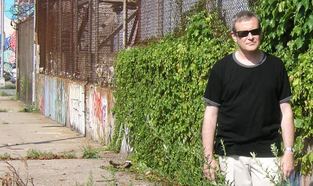 Bio: Peter Marra’s writings explore alienation, addiction, the functions and misuses of love, the curse of secrets, victimization and assorted obsessions. He has had over 200 poems published either in print or online in over 25 journals. His latest published work is approximate lovers (downtown materialaktion) published by Bone Orchard Press. An e-chapbook, peep-o-rama (Hammer and Anvil Books) is available as a Kindle Edition at Amazon. Peter has recently completed a new poetry collection Vanished Faces (a performance of occult infections) to be published in 2017 by Writing Knights Press. 8/19/2016 Interview with Artist Bren AhearnAHC: Can you tell us a bit about your process, themes & inspirations? Bren: One main inspiration is the socialization of American men to be violent and my attempts to navigate this socialization. This violence can be physical, verbal or spatial. An example of spatial violence is the taking up more than one’s fair share of space, such as “manspreading.” Here’s an article about manspreading in the New York Times: www.nytimes.com/2014/12/21/nyregion/MTA-targets-manspreading-on-new-york-city-subways.html My feeling at odds with this socialization is a key theme in my work, and I use the cross stitch sampler form to reflect back on my life and how I’ve been educated to be a man. Historically samplers were used as part of the education and training of girls to be proper women, so the sampler form fits in with my reflections on my education. Sampler #1: linen, cotton; 19.75"H X 15.5"W (Framed: 25"H X 20.5"W); 2008; Photo: Allison Tungseth Sampler #9 recounts my first day of first grade, when I showed up at school with a lime green floral lunchbox. I quickly learned that boys should not have flowered lunch boxes. To my parents’ credit, they allowed me to select the non-traditional box. Sampler #9: cotton; 88"H X 60"W; 2011; Photo: Kiny McCarrick I currently have an exhibit at the Bellevue Arts Museum, entitled Strategies for Survival www.bellevuearts.org/exhibitions/bren_ahearn.html in which a few of my samplers and active shooter pieces are featured. The curator, Stefano Catalani, is an eloquent spokesperson for my work and notes the following about my samplers: “Bren Ahearn reclaims this craft to transform each of his samplers into a page from a personal and intimate diary filled with the awkward moments, defeats, and discoveries which are the result of dealing with our culture's gendered expectations.” In addition to gender, there are some other themes, such as my work history, in my samplers. For example, I have samplers exploring my gendered feminine work experience (e.g., secretary, receptionist) and how I’ve wasted time at work. I explained a bit about these two samplers in a recent interview with Dan Crowder on textileartist.org www.textileartist.org/bren-ahearn-spin-me-a-tale/ so perhaps readers who are interested in more info about those samplers could take a peek there. My most recent sampler explores jobs, legal and illegal, that do not appear on my resume. Sampler #18: cotton; 88"H X 60"W; 2016; Photo: Miles Mattison Additionally, I’ve been exploring death with my death samplers. These samplers are based on times in my youth when I may not have exhibited the soundest judgment, but I was lucky and am still alive. In the samplers, however, I recall a parallel history and was killed or died. This series was inspired by nasty, judgmental comments that people leave at the end of tragic online news stories. It makes me sad that some people blame the victim. Sampler #12: cotton; 88"H X 60"W; 2014; Photo: Miles Mattison Another main recent influence is the active shooter situation in the United States. To me it’s crazy that the situation is so normalized that there’s even a name for the situation: an active shooter situation. When I worked at the University of California, Davis, we were called into the auditorium and trained on how to stay alive if an active shooter arrives. We were given a handy card at the end, and I stitched a larger version: Active Shooter Directions #1: cotton; 42"H X 60"W; 2011; Photo: Miles Mattison Recently I’ve been creating stripped down versions of the three main things the US Department of Homeland Security instructs on what to do in these situations. I’ve been making these in different fonts, and they’re my next generation sampler, since they’re part of my educational process. I’ve made about eight of these so far. Active Shooter Directions #3, 4, 5: cotton; 39"H X 59.5"W (each); 2016; Photo: Miles Mattison Finally, life in general is a big influence. An artist friend told me a while back that his gallerist (or someone in a career-dealing capacity) told him that he shouldn’t have another job other than artist (or announce the fact that he has another job). I guess this was so my friend would appear to be a “real artist.” For me, I’m grateful for the non-artist jobs I’ve had, as they’ve given me rich content for my work (e.g., active shooters and jobs not on my CV). They’re part of my story. I feel that this censoring of my artist friend’s other jobs minimizes the fact that in the US it’s difficult to make a living as a fine artist, and many artists by necessity have other jobs or patrons or sugar daddies. (As a side note: My husband’s name is Doug, so when I was in school, I called him my sugar Dougie.) In terms of process: This is a rough sketch of what I do: a. An idea comes into my head. b. I write down the idea in my notebook. c. I think a bit about the idea; I get inspired to create or I sit on the idea. d. If I get inspired to create a sampler, I start designing the sampler in Stitches for Mac, a cross stitch program. Sampler 16 Chart Sampler #16: cotton; 60"H X 40"W (approx.); 2015; Photo: Miles Mattison You’ll notice that on the above chart, not all of the addresses are filled in. Sometimes I don’t fully design the piece because it’s tedious. This often leads to mistakes, which I like, and are more in keeping with traditional samplers. e. I typically use 14-count AIDA cloth (which is cloth woven with 14 holes/inch in the vertical warp direction and 14 holes/inch in the horizontal weft direction, thus resulting in a grid I can use as a guide) that is starched, so I don’t need an embroidery hoop. One thing I do, though, is to start from the outside edges and then work my way in because the more I handle the cloth, the more the starch wears away, and the fabric becomes soft. Here are 3 in-progress shots of Sampler 16. In the third shot, you can see how I’m working from the bottom up in the left-hand address column. Please look beyond my sub-optimal photography. AHC: What first drew you to art? Was there a specific moment in your life or turning point where it became clear to you that you were being called to create? Bren: In that textileartist.org www.textileartist.org/bren-ahearn-spin-me-a-tale/ interview, I described a bit about my upbringing and creative family. I won’t repeat that text in case there are overlapping readers. One thing I’ll add to that narrative is that as I have become more confident in my skin, I’ve incorporated more of myself in my artwork. A key moment of this self-incorporation came when I was in school. A visiting professor assigned the class memorial projects in encaustic. I decided to do a memorial to my coming of age during the 1980s, when AIDS was at its height. There was a lot of fear, name-calling, etc., and I didn't quite know how to navigate life. When I presented the project to the class, I started crying. My class was very sympathetic; they said they understood that I was mourning a lost coming-of-age. Later, in private, the professor told me that I should not create "gay art," but I instead should just make "art." I am so grateful to her, as this galvanized my direction. Prior to this point, I was floundering about what to do. I saw that my life experiences had made her very uncomfortable. I then knew that this was good and that I should pursue the telling of my microhistory (which is the history of the individual common person, rather than history with a capital H). So, for my next project for the class, I passive-aggressively sewed pink lamé to the inside of an army tent and sewed on images of stereotypically gay things. Here is a photo of the model of the tent, which I actually like better than the full-sized final tent. Sewn on the outside is a photo of Aiden Shaw, who was a British gay porn star in the 1990s. Tent #1 Model: mixed media; 5"H X 7"W X 13.5"D; 2008; Photo: Allison Tungseth My presentation of my story has gotten a bit more subtle since this tent. The piece was a fun dalliance, though. The only thing that would have made it more fun would have been to have had the real Aiden Shaw in the tent. One thing I learned from this experience is that people either tend to love or hate my art. I would rather have it be this way than to have someone just be neutral about my art. AHC: Who are some of your influences? Bren: In that interview at textileartist.org www.textileartist.org/bren-ahearn-spin-me-a-tale/, I listed a few influential folks over there. Of course, I forgot a bunch of folks in that interview. So, I think I’ll just quit while I’m behind. I would, however, like to give credit to the folks in the San Francisco Loom and Shuttle weaving guild. I started my adult textile life as a weaver, and the people in this guild encouraged me to push myself and to try new things. They provided me the foundation to explore. Thanks to them all! AHC: In your work you deal with the conflicting messages of masculine expectations, deconstructing what lies behind the term "manhood" and exploring sensitivity in a cultural landscape which tends to devalue this quality in men, could you talk more about your own personal and artistic negotiation with these things? And also about the important role embroidery has played as a means of confronting these issues? Bren: Back in June 2016 I gave a gallery talk at the Bellevue Arts Museum and talked about this notion that American men are socialized to be tough and to have their emotions in control. One of the attendees noted that it is different now than when I grew up. I acknowledged that this is true; however, I often come across examples that make me wonder if this assertion is really true. For example, after I presented on a panel at a conference in 2010, a woman came up to me and said she would like to introduce her grandson to my artwork. She thought that her grandson might be gay and that her grandson's parents were not accepting of him. She thought that my artwork might encourage him to see that there are others like him. It was then that I realized that I can make a difference in people's lives with my artwork, and this inspired me to go on. This also reminded me of feelings of isolation in my youth. I wonder, though, if most people feel isolated and awkward in youth. In another example, in June 2016 I attended a banquet at which a man received a very prestigious award. He was very moved and was crying when he received his award. Later, a woman recounted the incident and she had a smile on her face when she relayed the fact that the recipient was crying. I don’t know if her smile meant that she was mocking him or that she felt uncomfortable or that she felt compassion for him or something else. To me, the smile seemed as though something was amiss. In the moment, though, I said nothing about her reaction. What caused me to say nothing? Was it fear of being an outcast? Was I not wanting to make waves? Was it so she could save face? Whatever the reason is, I regret not yet having said anything. I’ve been meaning to ask her what she was thinking. One of my friends has pointed out to me that it’s OK to go back and revisit an uncomfortable topic with someone for closure. In another example, I was on a light rail train in New Jersey, USA about 5 years ago, and a man was on the train with an infant boy. He was play-slapping the baby and telling the baby to hit him back and be a man. The baby was giggling at the play, but something didn’t sit right with me. It seemed at though the man wasn’t fully playing and was socializing the boy from infancy to assert his masculinity. I didn’t say anything because I was concerned the man might have a gun and kill me. As a means of confronting these issues -- embroidery, which currently is gendered feminine in the USA, in conjunction with the feminine history of the sampler form, allows me to invoke stereotypes in order to question stereotypes. (That’s a highfalutin sentence, isn’t it?) Sampler #13: cotton; Framed: 25.25"H X 20.75"W; 2014; Photo: Miles Mattison AHC: Do you have any upcoming exhibits or new projects you'd like to tell people about? In terms of new projects, I see exploring some 3-D projects, but maybe not until Doug and I move into a new space. Our current space is 480 square feet (44.5 square meters), which inspires me to continue making flat pieces or things that can be rolled up. Bren: I would like to continue with the stripped-down active shooter directions pieces in different fonts. I could see a whole room full of them. I also would like to revisit some of my blueprints. A few years ago I had a show in a space with a lot of skinny, irregular wall areas. I didn’t have enough framed small samplers for the small areas, so I printed off some of my charts with white Xs and a blue background, in order to evoke blueprints, another antiquated form. Sampler 5 Chart: digital print, variable dimensions, 2013
About shows: As mentioned above, I have the Bren Ahearn: Strategies for Survival show at the Bellevue Arts Museum in Bellevue, WA, USA until mid-January 2017. www.bellevuearts.org/exhibitions/bren_ahearn.html Here is a link to a review of the Bellevue show: www.seattletimes.com/entertainment/visual-arts/artist-confronts-gun-violence-gender-roles-through-embroidery/ I might have a few pieces in the show at the annual Mid-Atlantic LGBTQA Conference at Bloomsburg University in Bloomsburg, PA, USA if I can get my act together and do the submission, and if I get accepted. I will have a piece or two in the Loom and Shuttle show, Woven Together: Experience and Expression, at the Sanchez Art Center, Pacifica, CA, USA, January 13-February 12, 2017. I will have a few pieces in the Social Fabric/Moral Fiber exhibit at Gallery West, Grant Campus of Suffolk County Community College, Brentwood, NY, USA, February 14-March 30, 2017. The curators are Leila Daw and Michaelann Tostanoski, and I will post info on my website. Here is my website, where I’ll post info: brenahearn.com/ Thanks for this opportunity to chat about my work! 8/18/2016 Interview with Artist Isabel WyattMy hair has grown whiter and whiter. The paintings have become smaller and darker. I am inexplicably drawn to the landscape after years of colorful abstraction. Mysterious, foreboding - is the light fading or is it the dawn of a new day? Distant Lake, acrylic stain on birch panel, 10 x 10 AHC: Can you tell me about your process, themes and inspirations? Isabel: This body of work began when we downsized to rural Sonoma, CA. Due to a lack of studio and storage space, I decided to restrict myself to black acrylic paint on 10” x 10” birch wood panels and, then, to see what would develop given those restraints. Initially the paintings were abstract compositions, but then a horizon line began to emerge and I thought to myself, “These are landscapes.” I have always been drawn to the in-between times of dawn and dusk, misty, foggy times when colors and sounds are muted and the world seems still. As the work progressed, the fields and hills around us seemed to seep out of my subconscious into the work. Hello Rollo, acrylic stain on birch panel, 10 x 10 In terms of technique, the paint is thinned with water and applied in washes. The acrylic acts as a stain on the raw wood, so there is just one shot to get it right. I think the wood grain showing through adds a mysterious element. Nearby, acrylic stain on birch panel, 10 x 10 AHC: What first drew you to art? Was there a specific moment in your life or turning point where it became clear to you that you were being called to create? Isabel: My grandmother and great grandmother painted. We had their work hanging in our house so I was used to being around art. In the 5th grade, the art teacher at my public school (this was the 1950’s) was so impressed with my painting of a daffodil, that she called my mother to tell her about it. That recognition was a turning point. My art teachers and professors continued to be an important source of validation and encouragement. Memory, acrylic stain on birch panel, 10 x 10 AHC: What are some of your influences? Isabel: I’ve been influenced by Minimalist artists like Robert Ryman and Brice Marden and the stain technique of the Color Field artists such as Morris Louis and Helen Frankenthaler. I love Richard Serra’s black works on paper. I also admire the Tonalist landscapes of the early 1900’s. One of my all-time favorite paintings is Twachtman’s Arques la Bataille at the Met for its sense of quiet and calm. All of these disparate influences come together in the work. Dark Ridge, acrylic stain on birch panel, 10 x 10 AHC: The specific themes of light and dark, dawn and dusk and mystery are very prevalent in the work that you are doing now. Can you talk about the inspiration behind these works? Isabel: Beyond recreating the beautiful atmospheric conditions of dawn and dusk and fog, I think these works could be considered a meditation on loss, loneliness, mortality, or foreboding seen in the fading light and encroaching darkness, a theme that is echoed in the old, falling down barns and loss of ranch life here in Sonoma County. Old Farm, acrylic stain on birch panel, 10 x 10 On the other hand, the light could be seen as the misty dawn of a new day, the sun coming up, a new life, a spiritual awakening or the resolution of some dilemma. Rise, acrylic stain on birch panel, 10 x 10 AHC: Do you have any upcoming exhibits or projects you would like to tell people about? Isabel: My big project at the moment is to get in better shape so I can hike and kayak locally - really be in the landscape. Hillside, acrylic stain on birch panel, 10 x 10
To view more of Isabel's work and for further information visit her website at www.isabelwyatt.com |
AuthorWrite something about yourself. No need to be fancy, just an overview. Archives
April 2024
Categories |
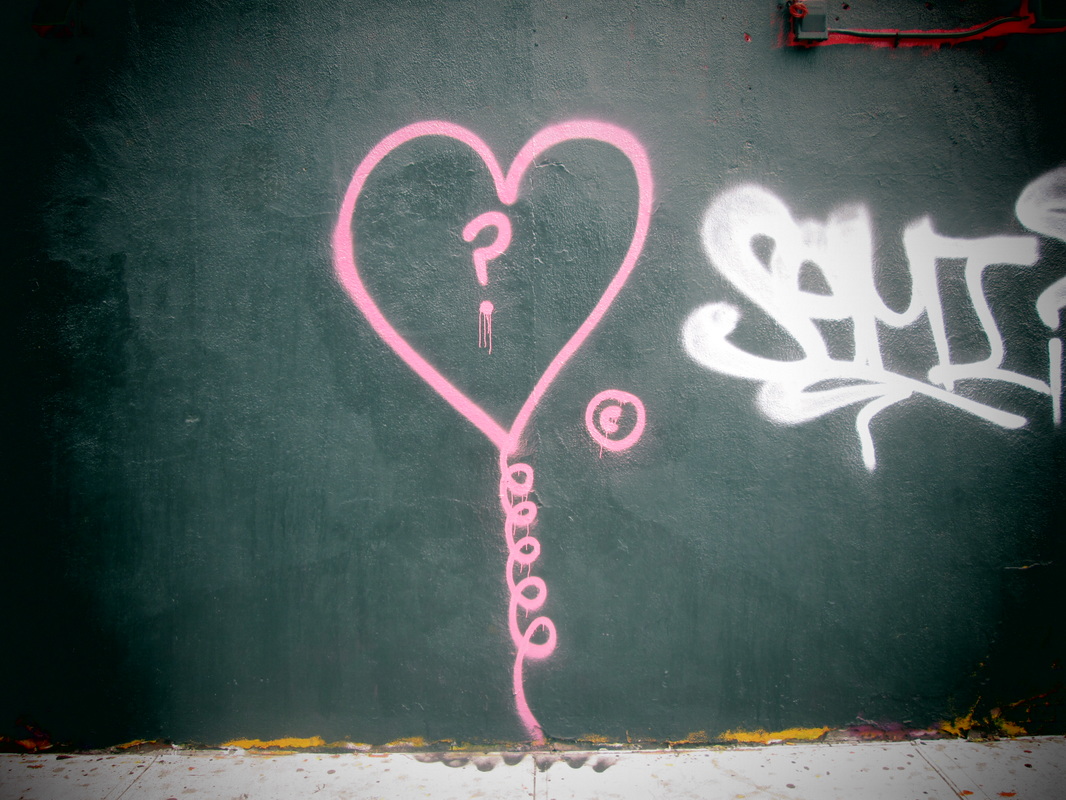
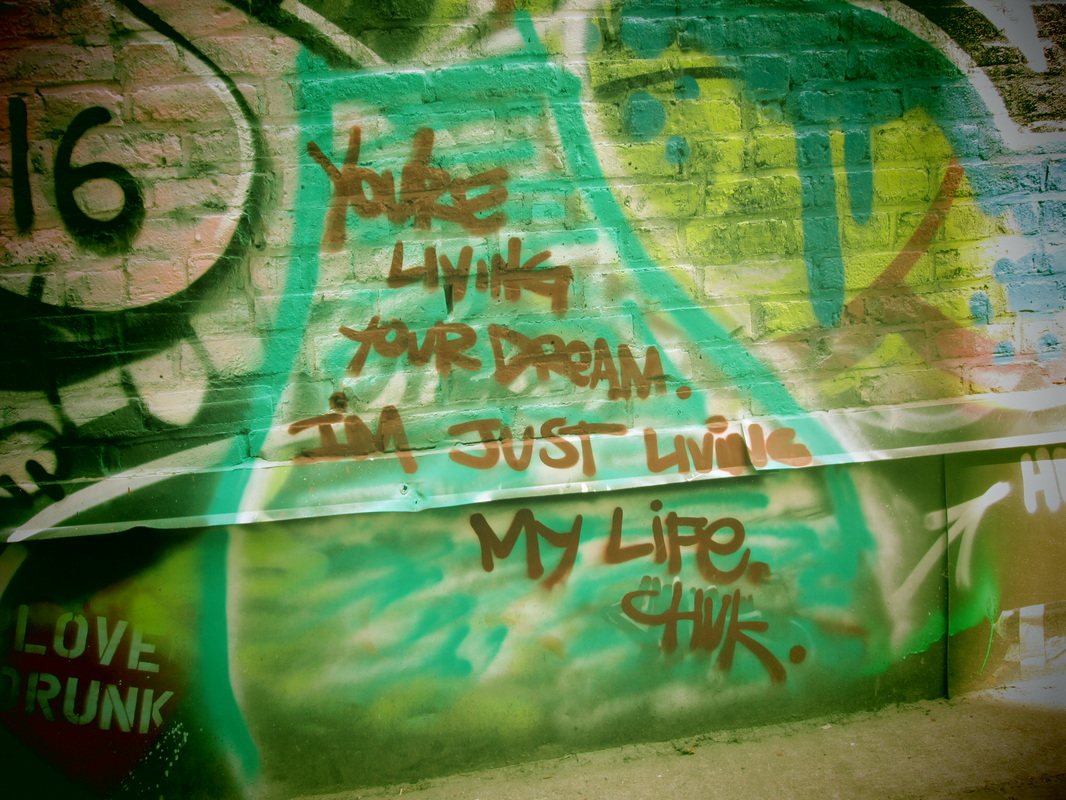
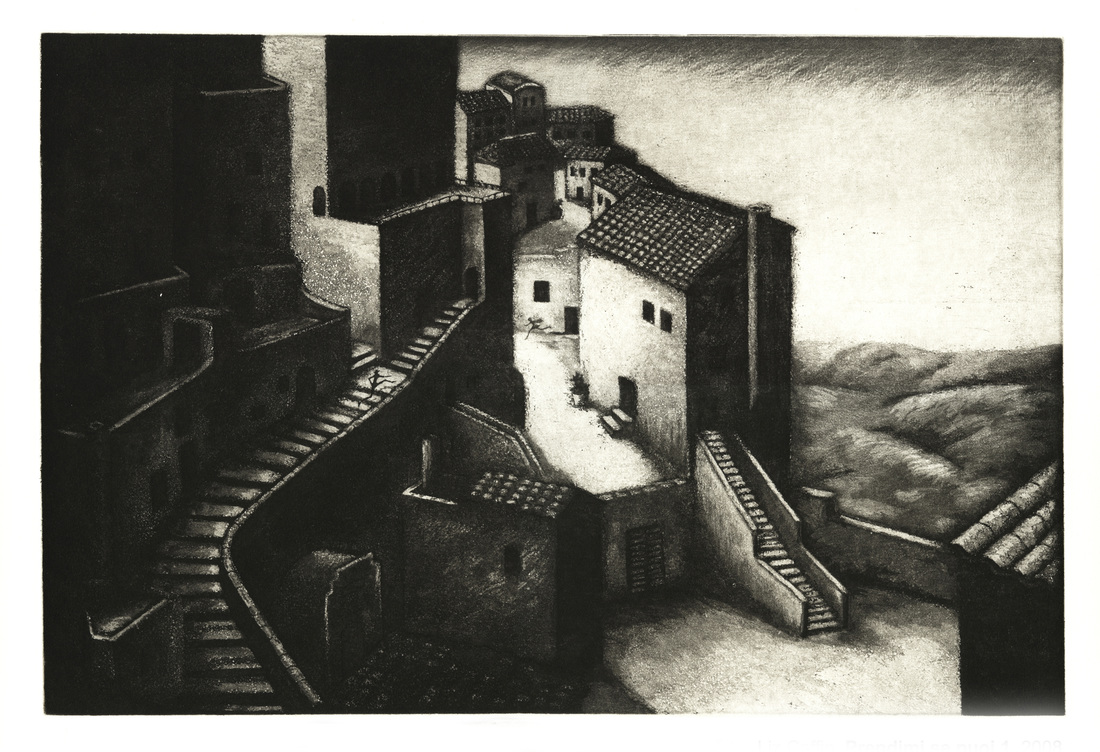
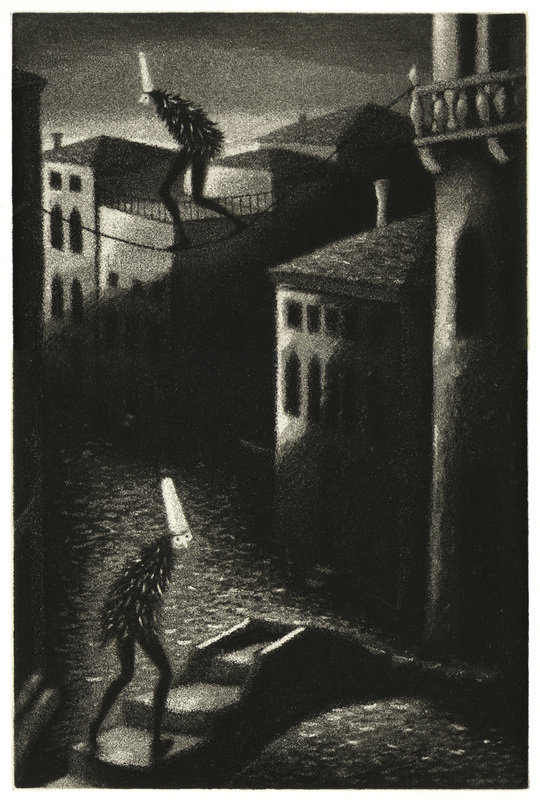
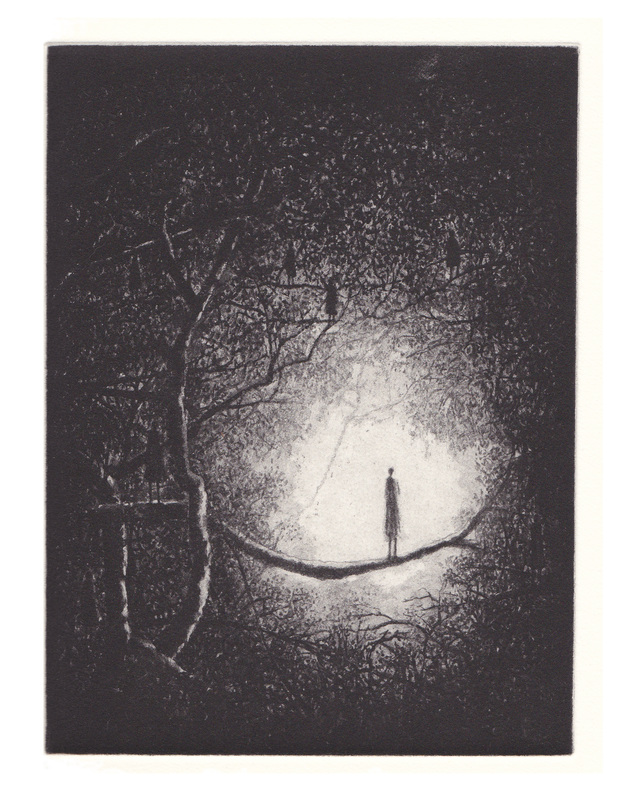
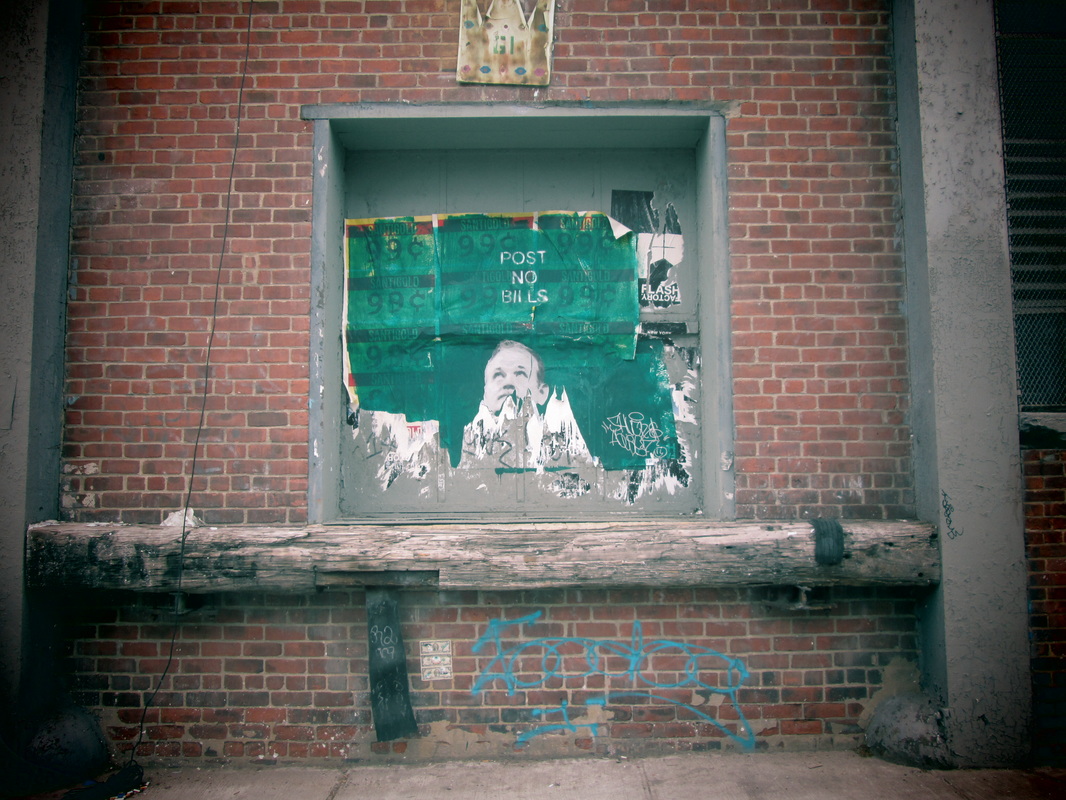
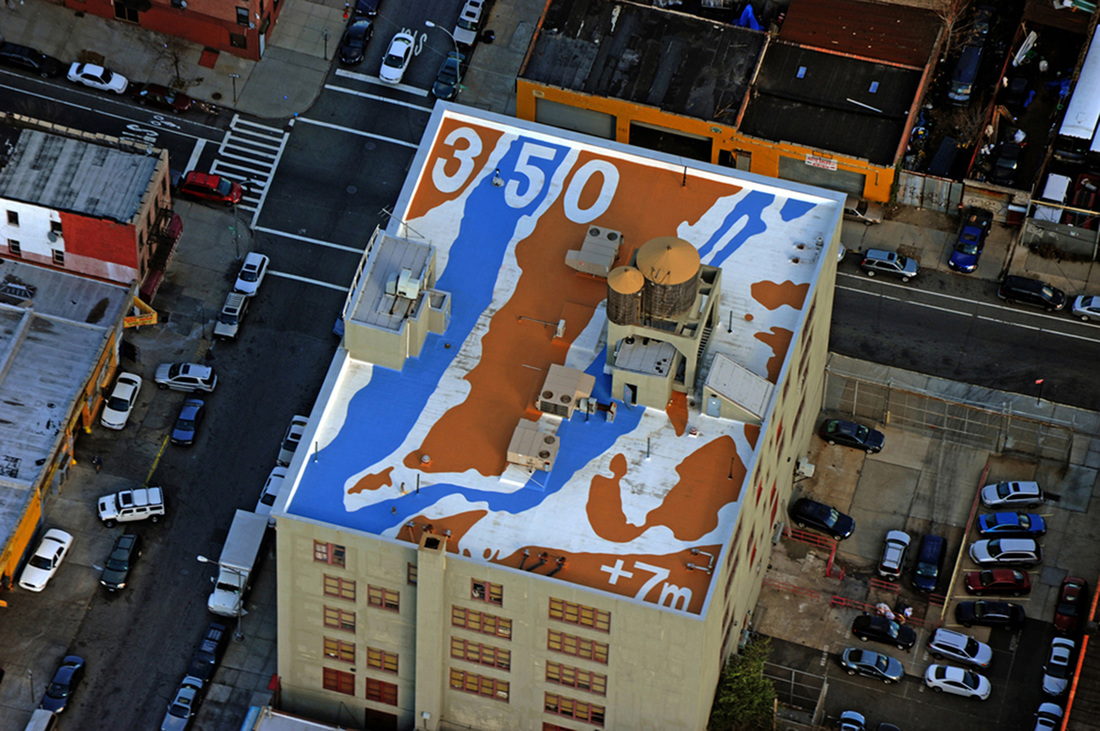
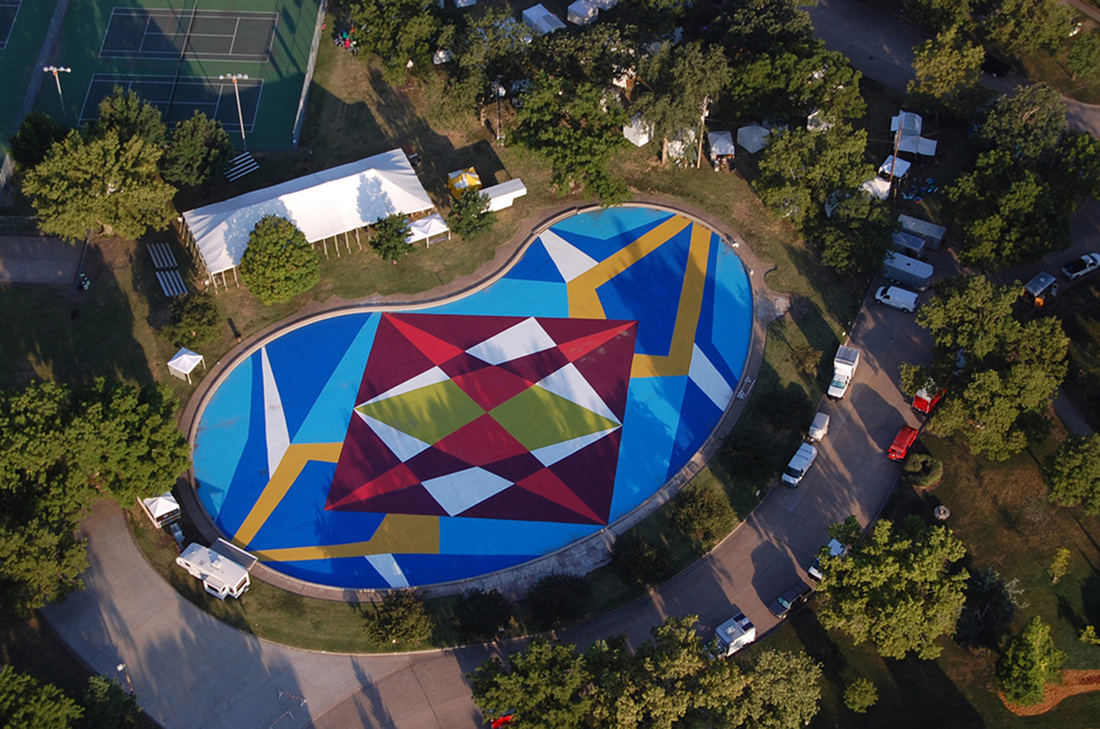
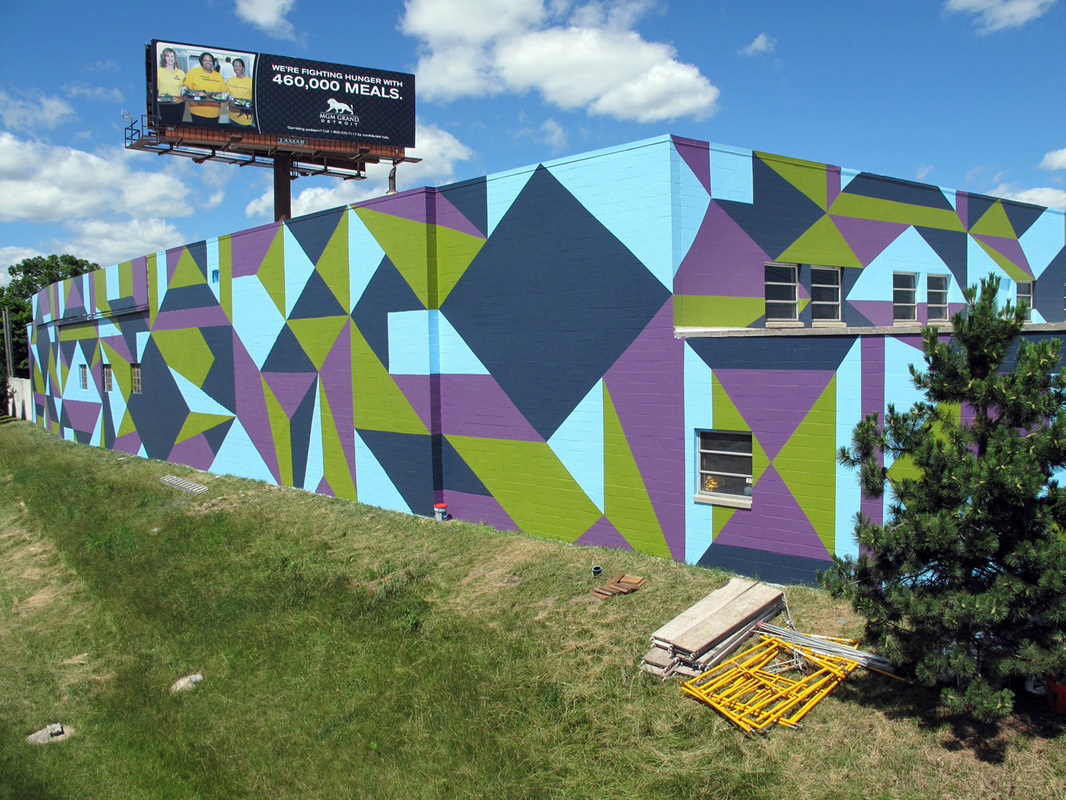
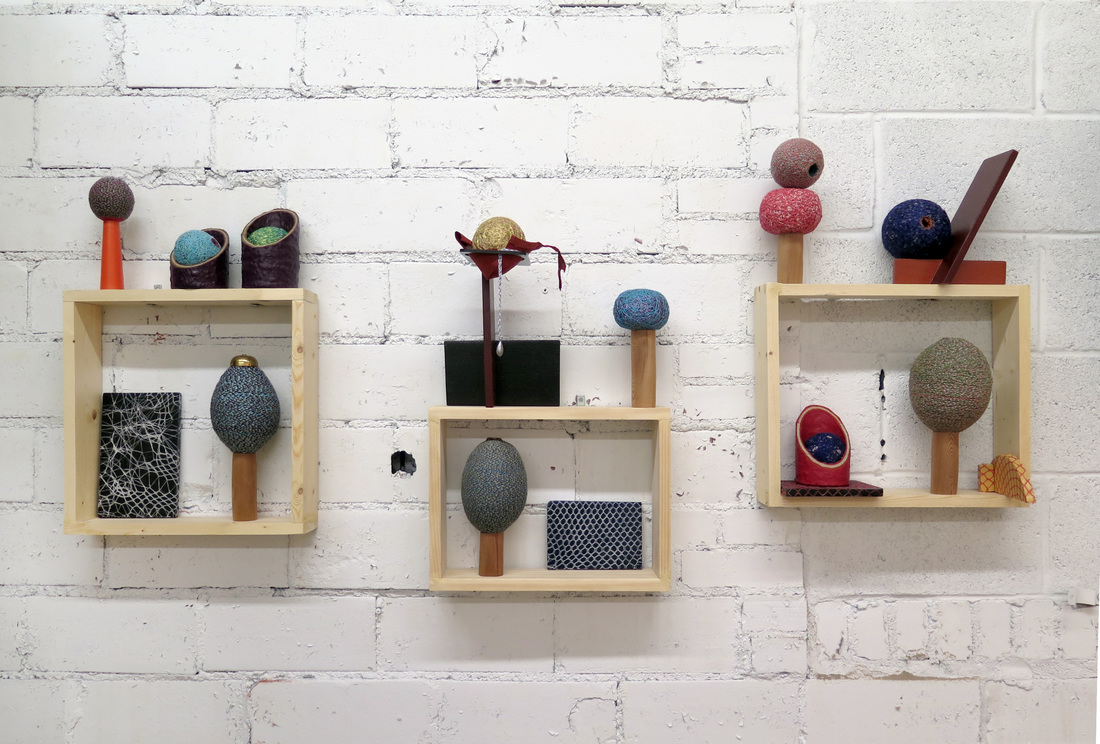
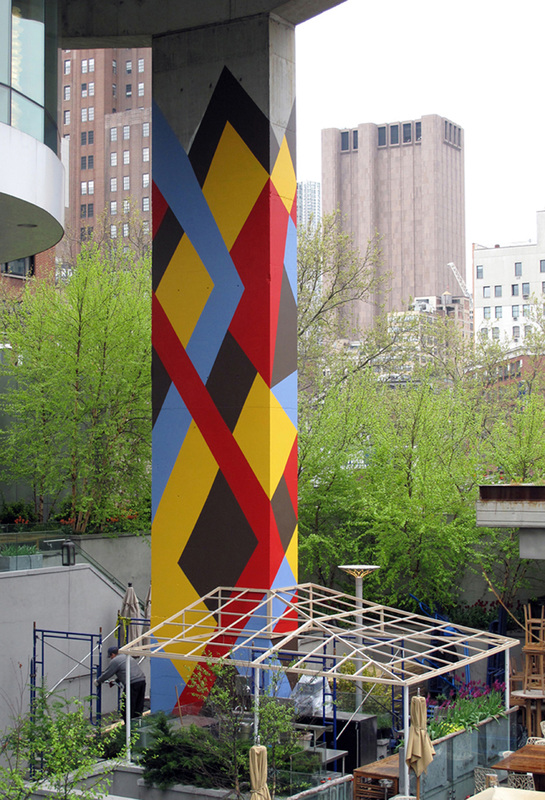
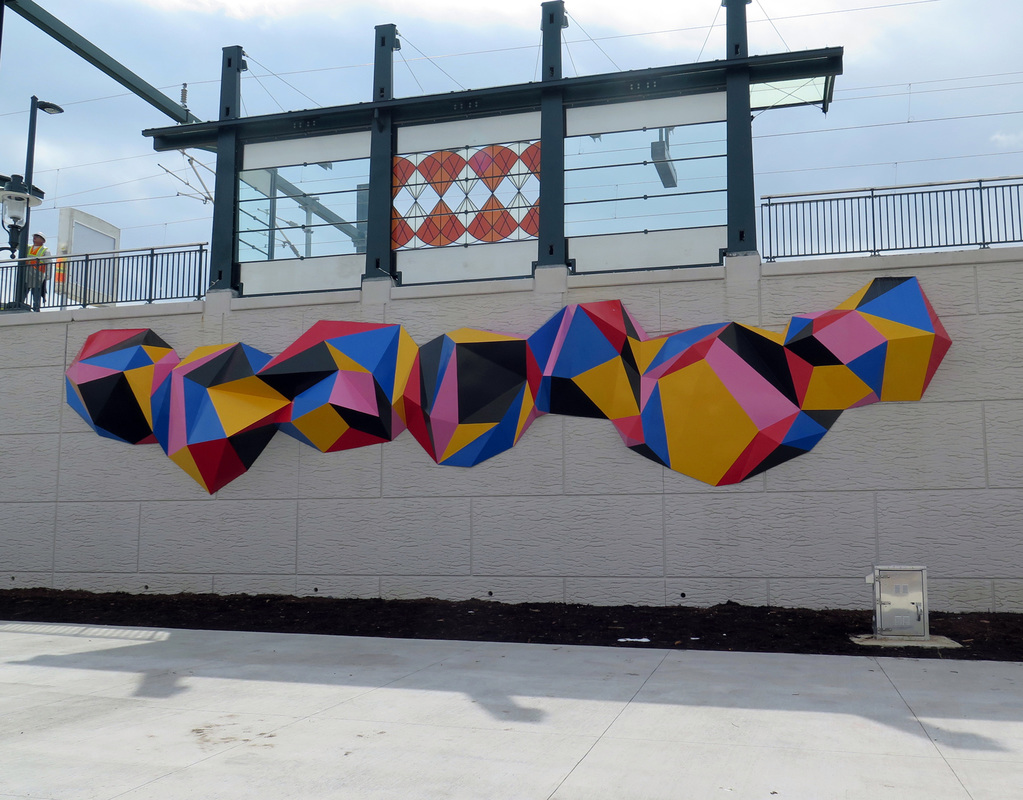

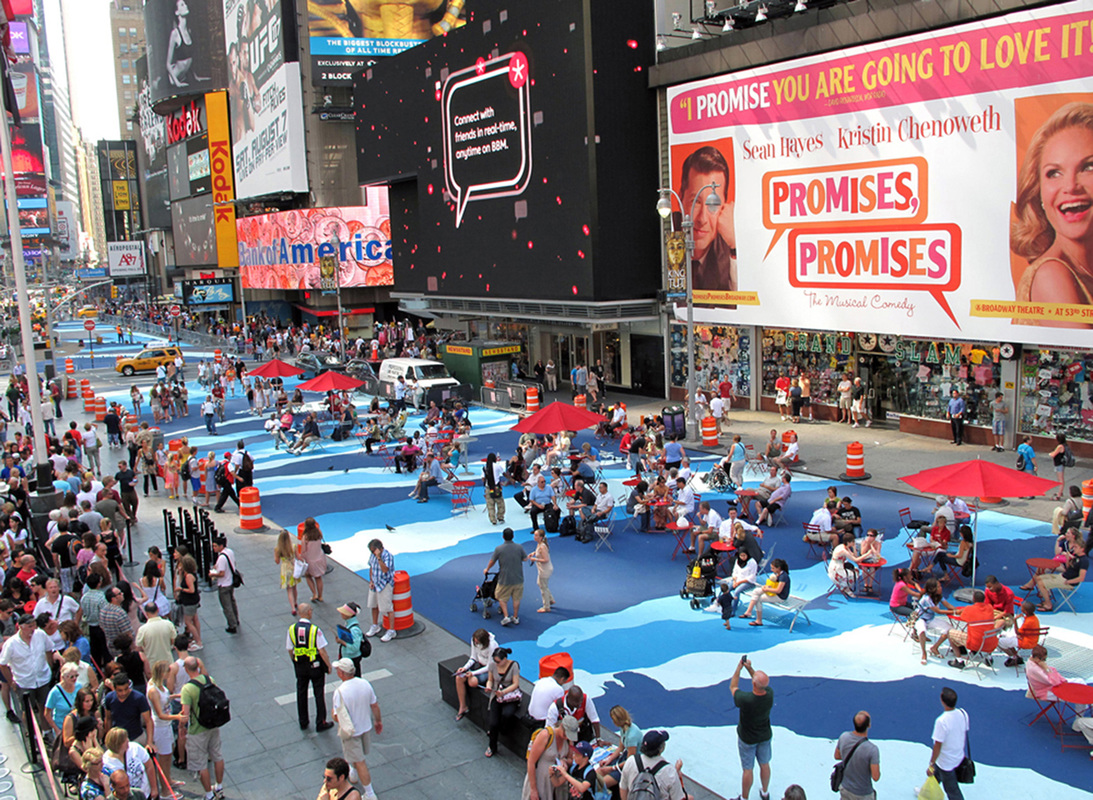
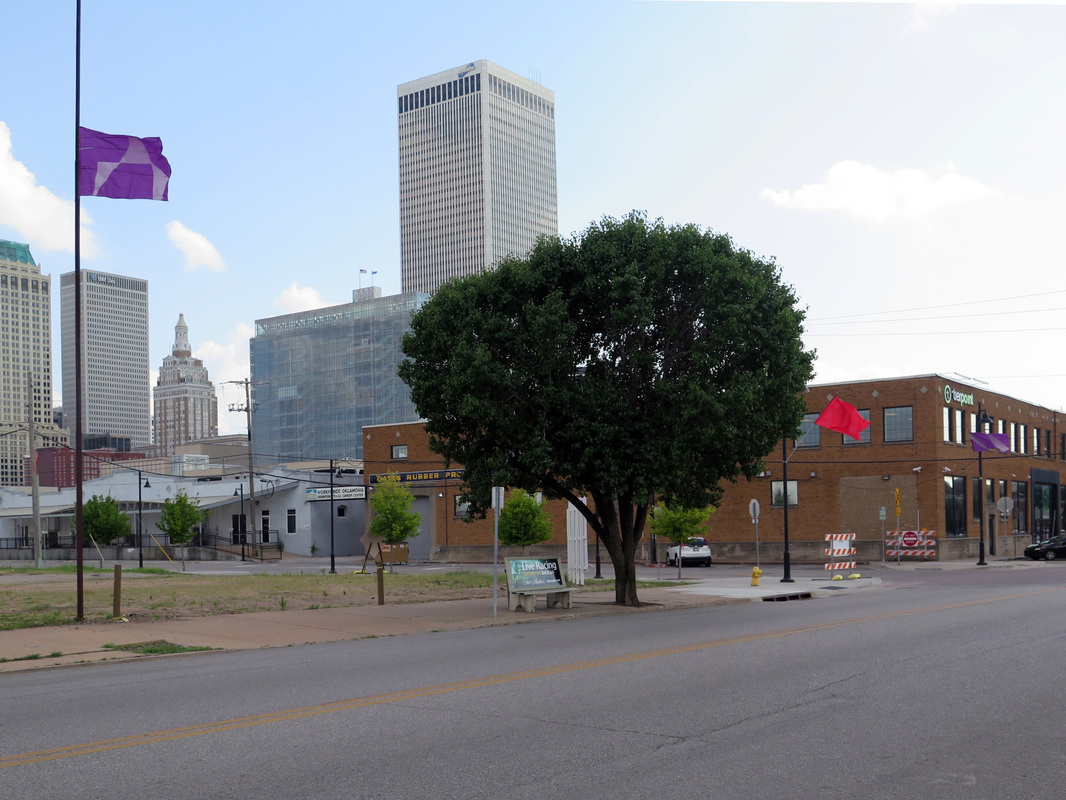
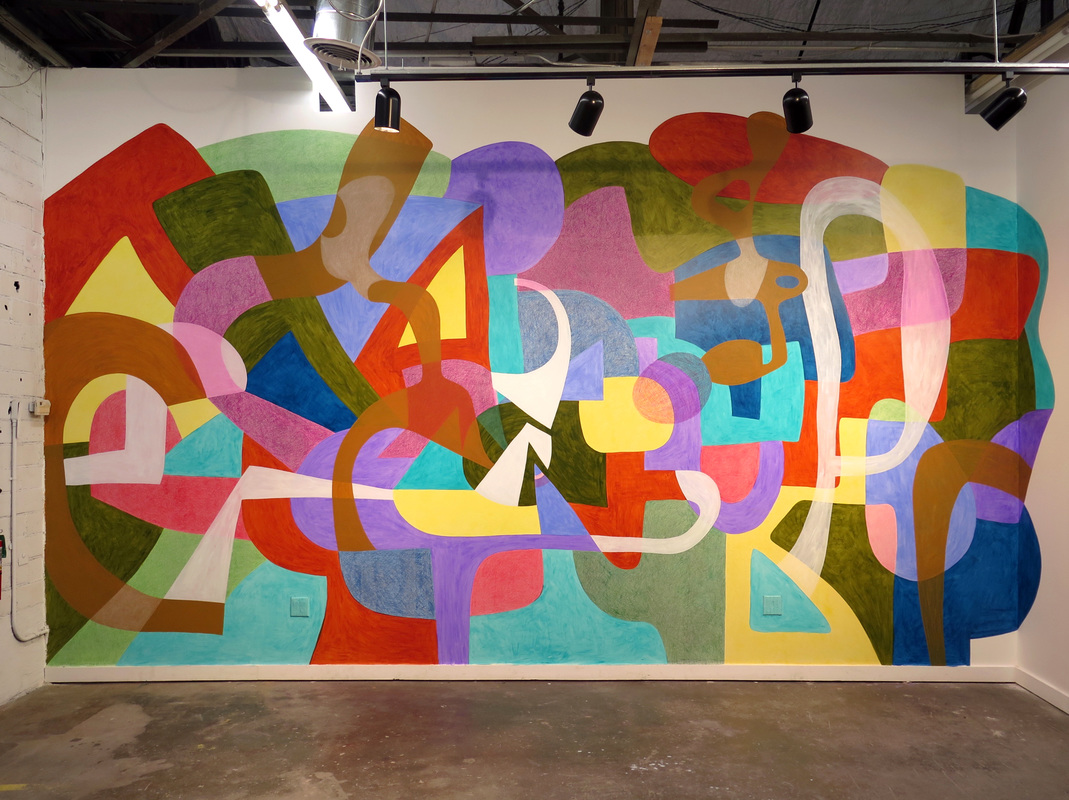
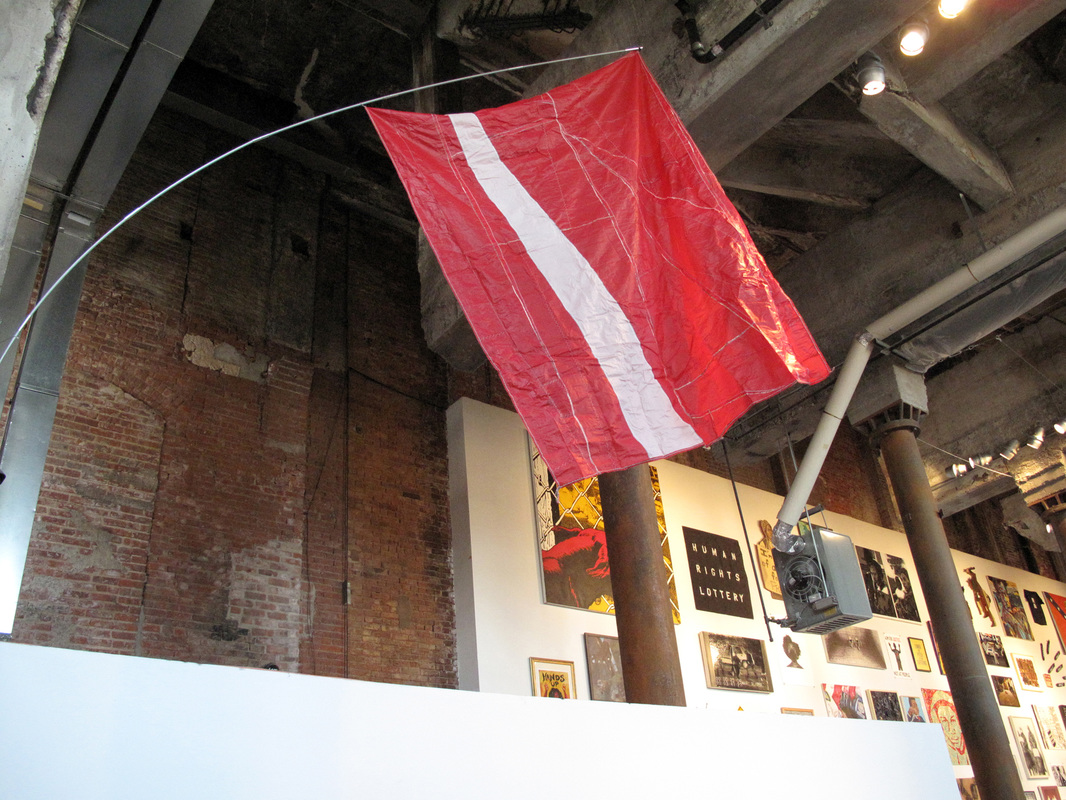
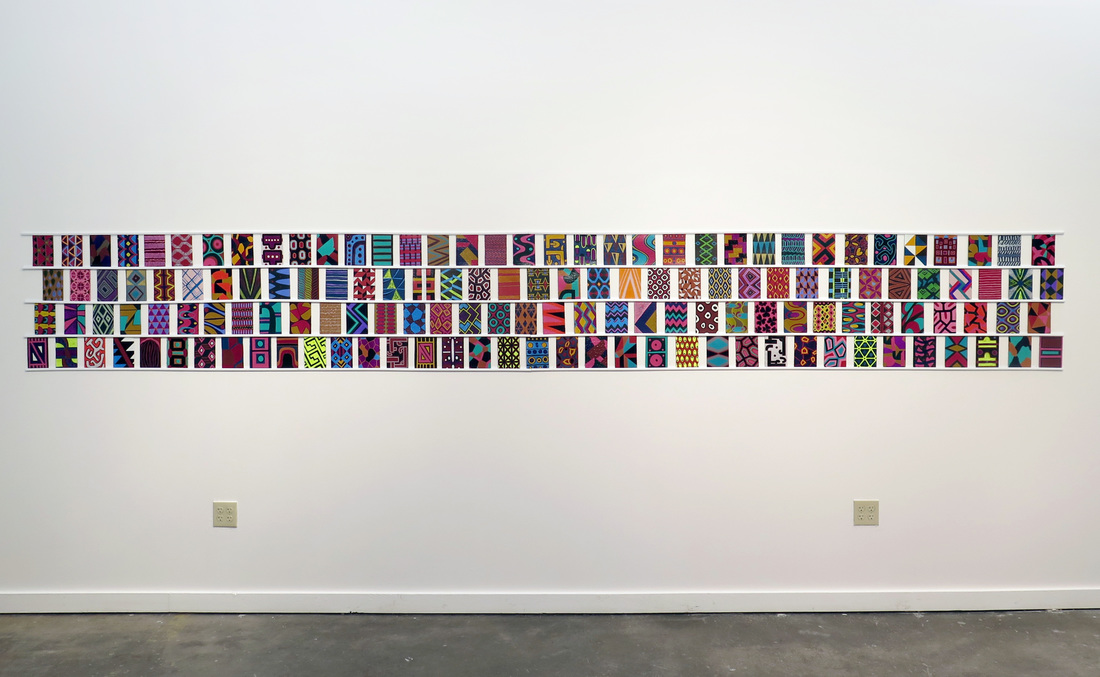
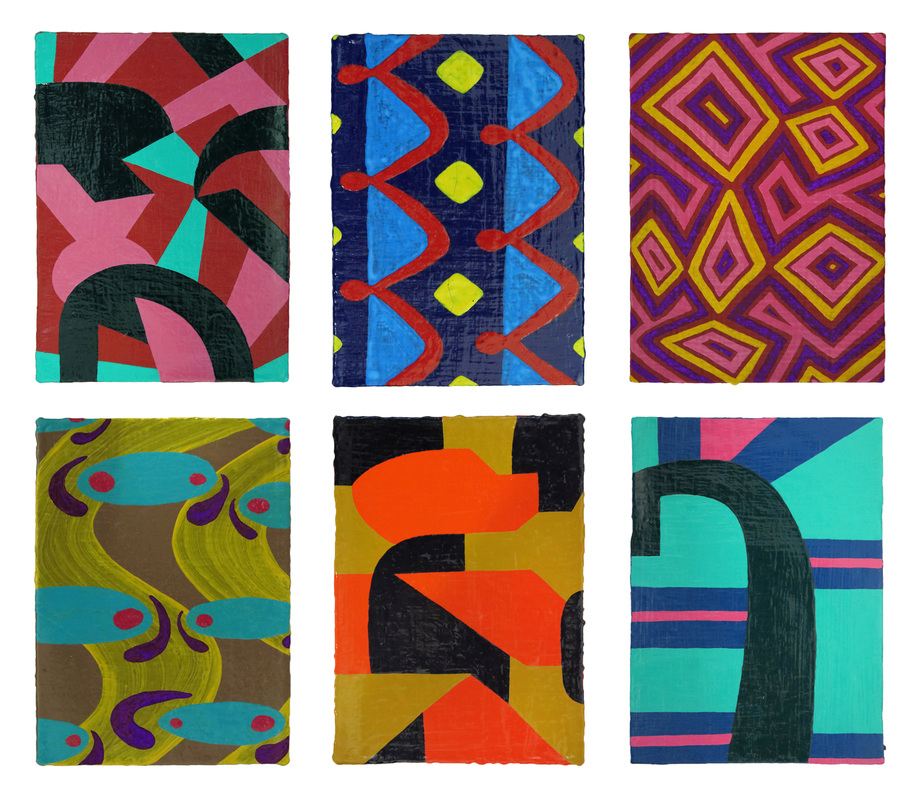
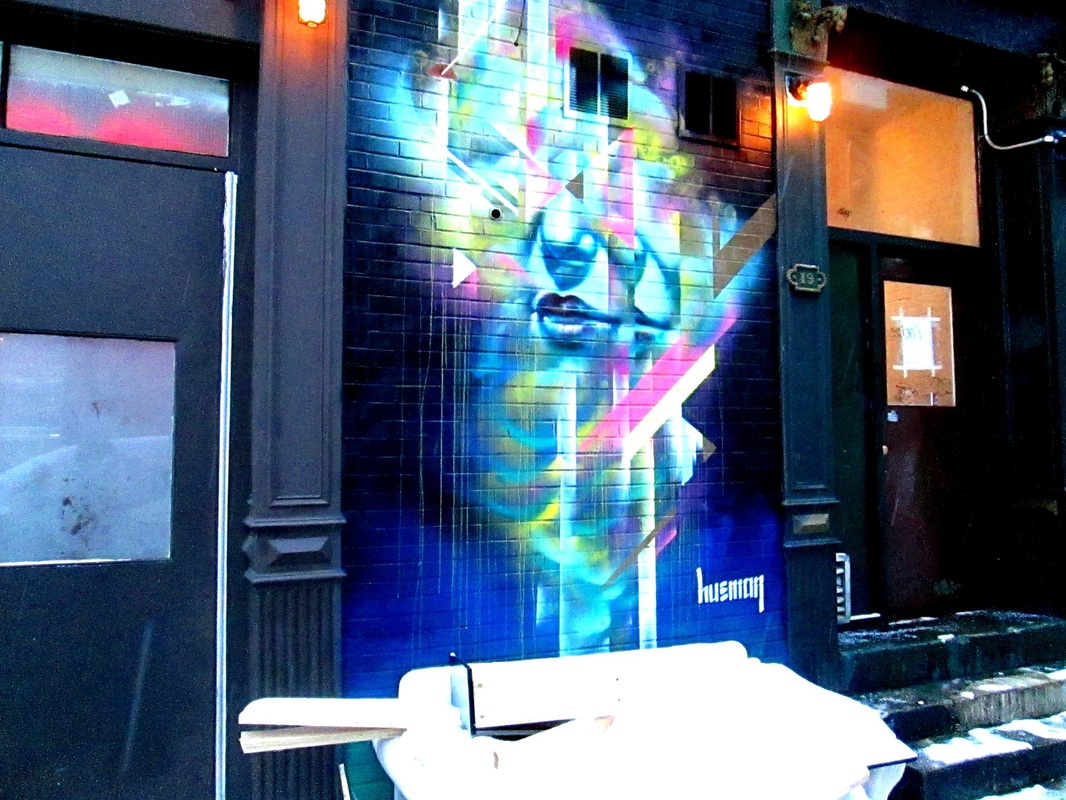
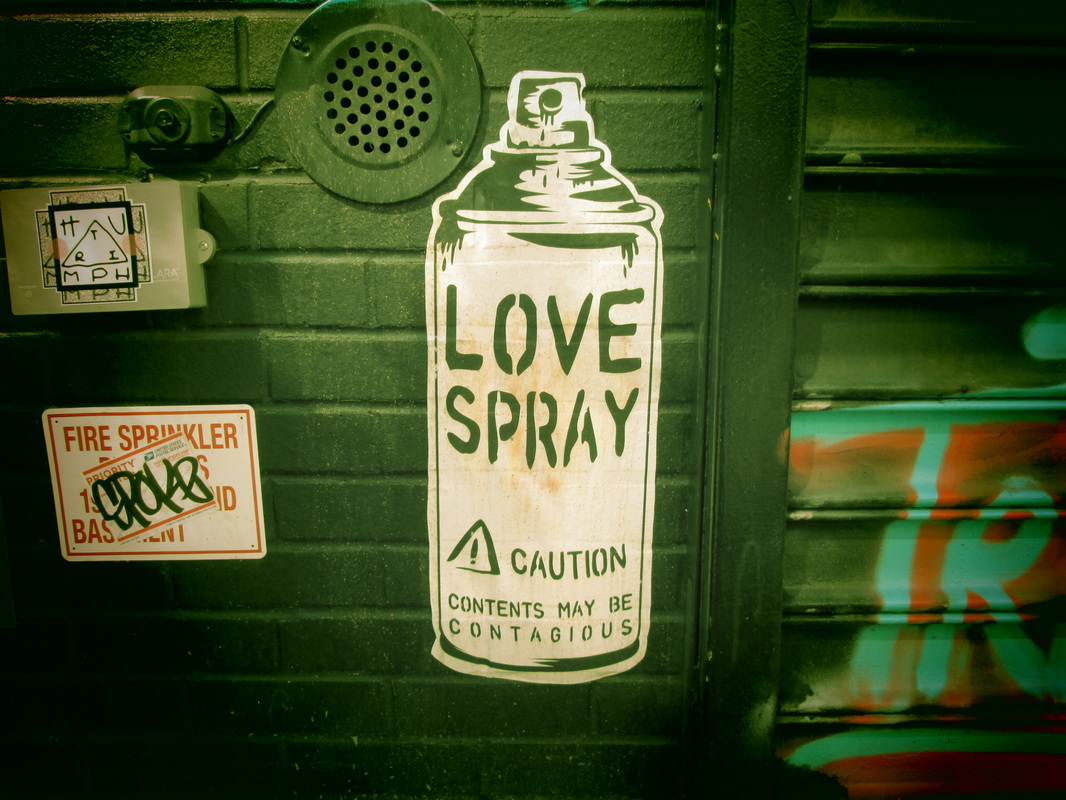
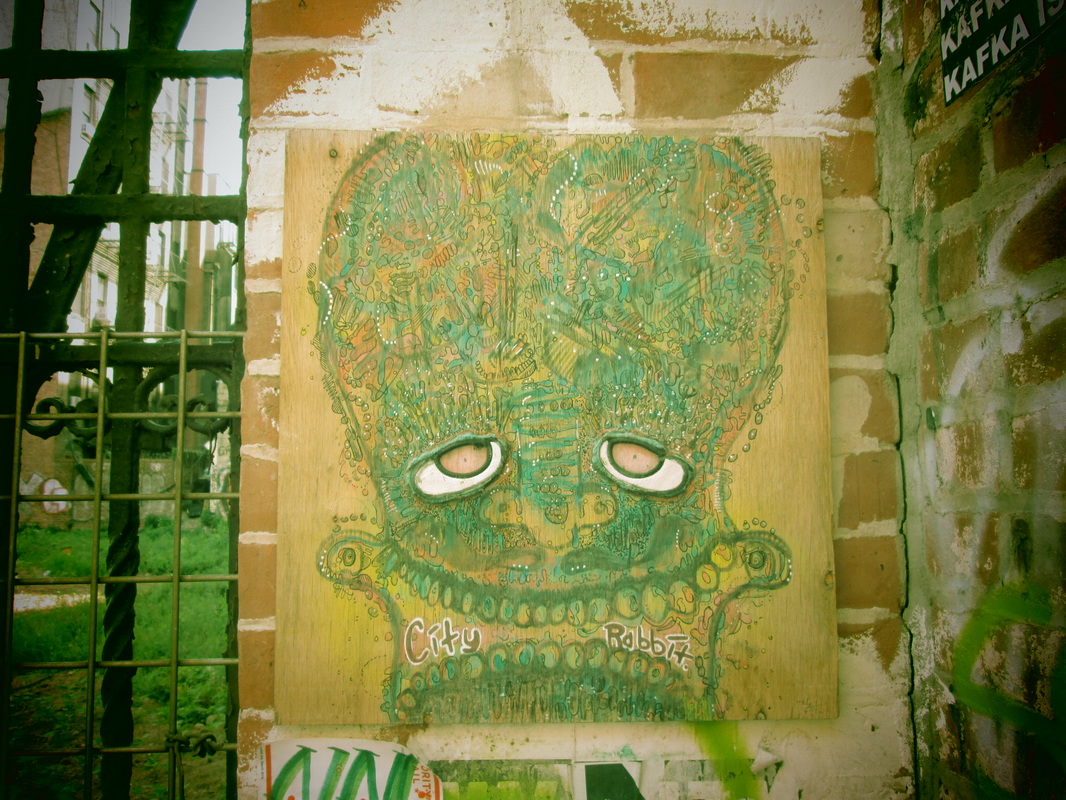
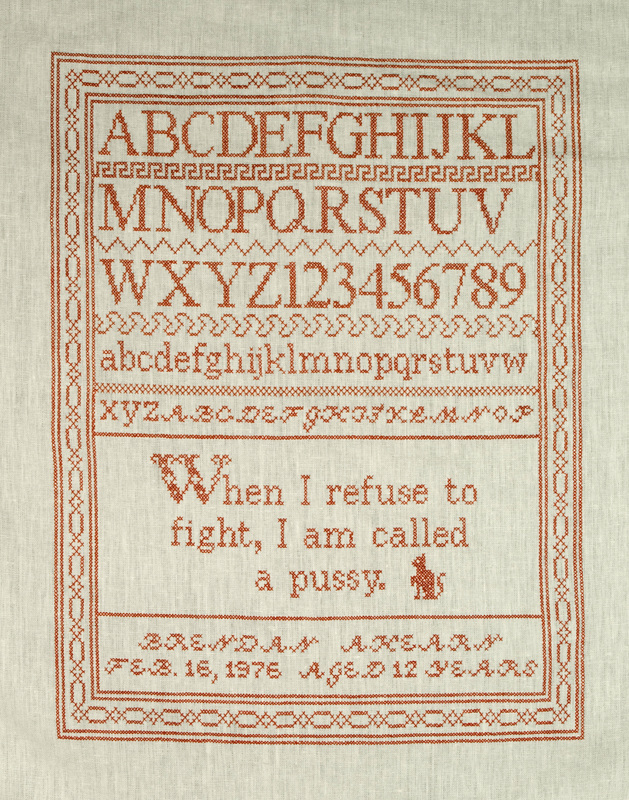
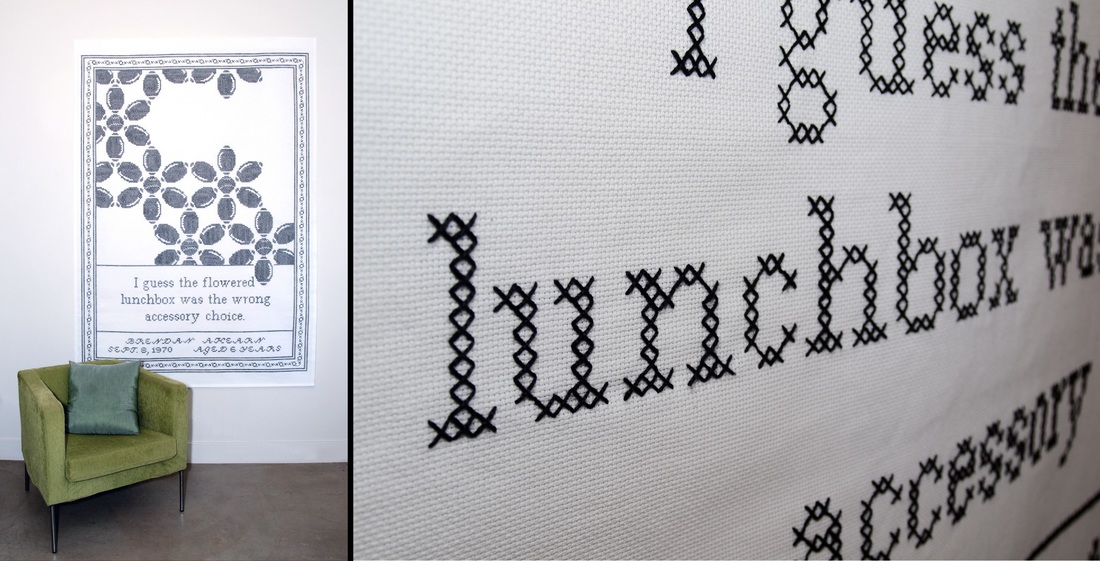
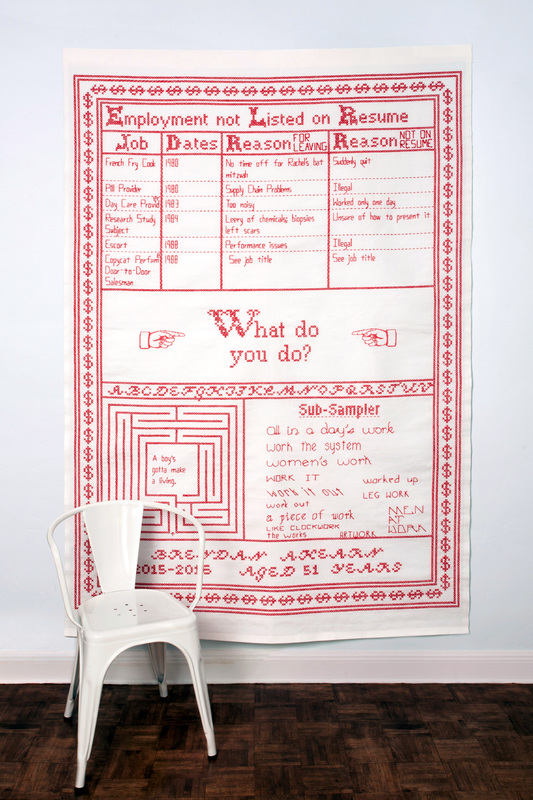
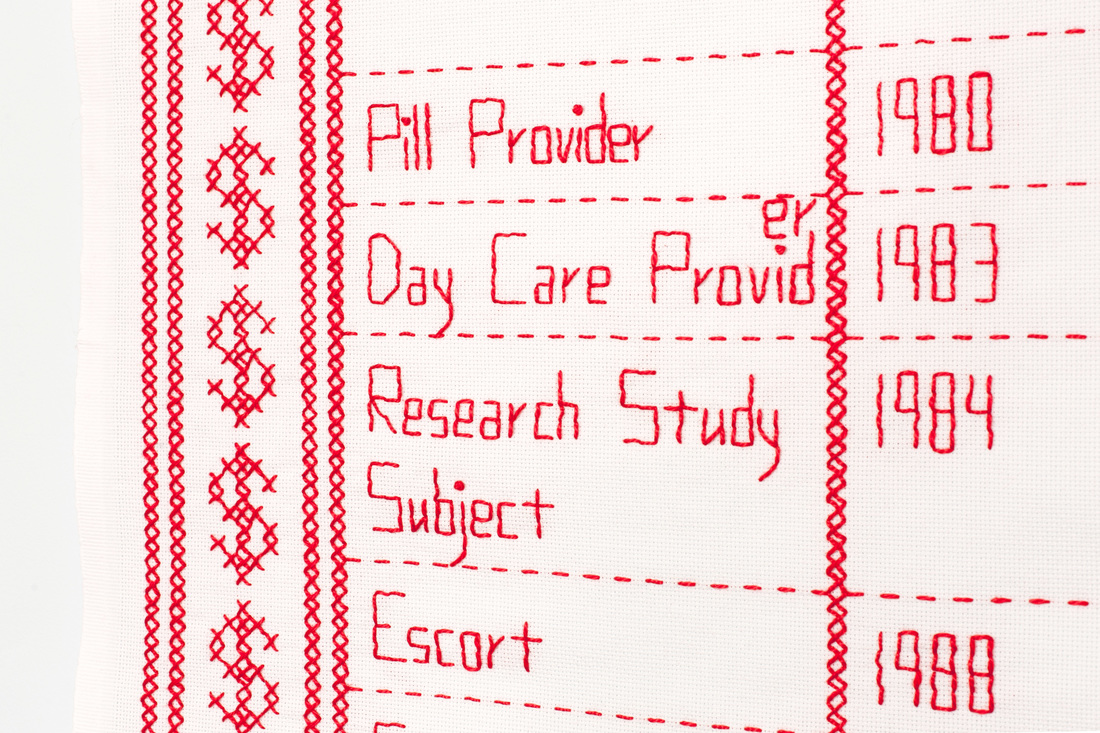
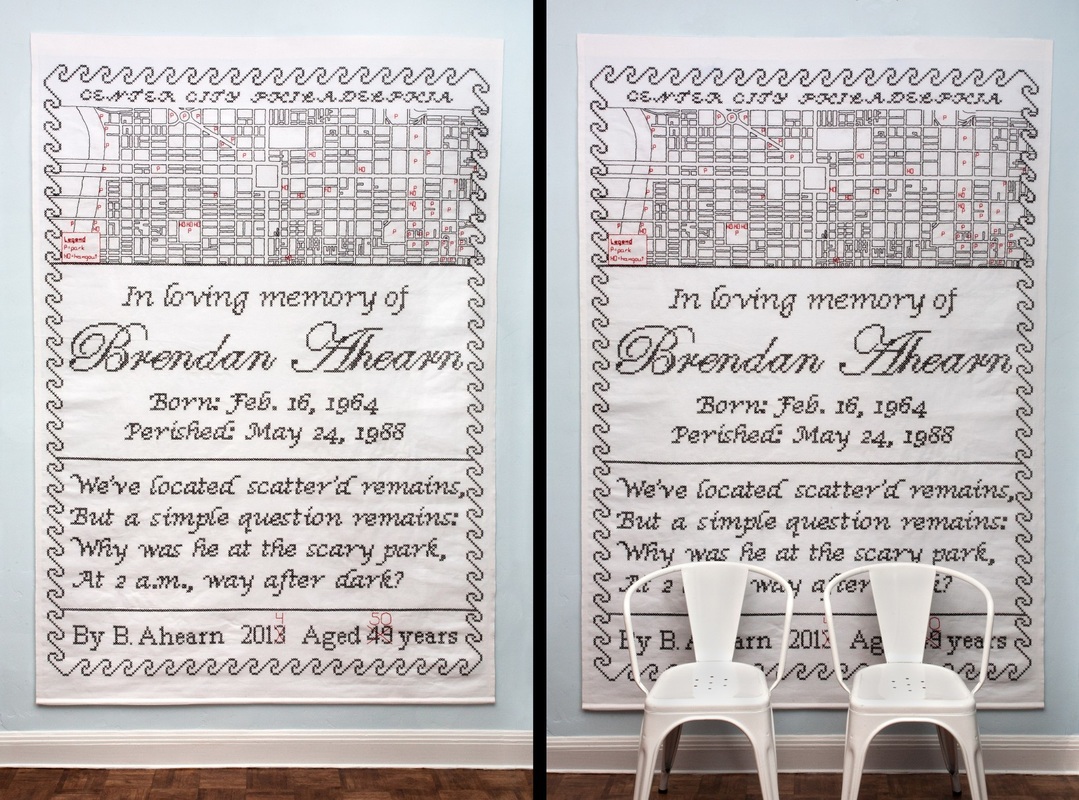
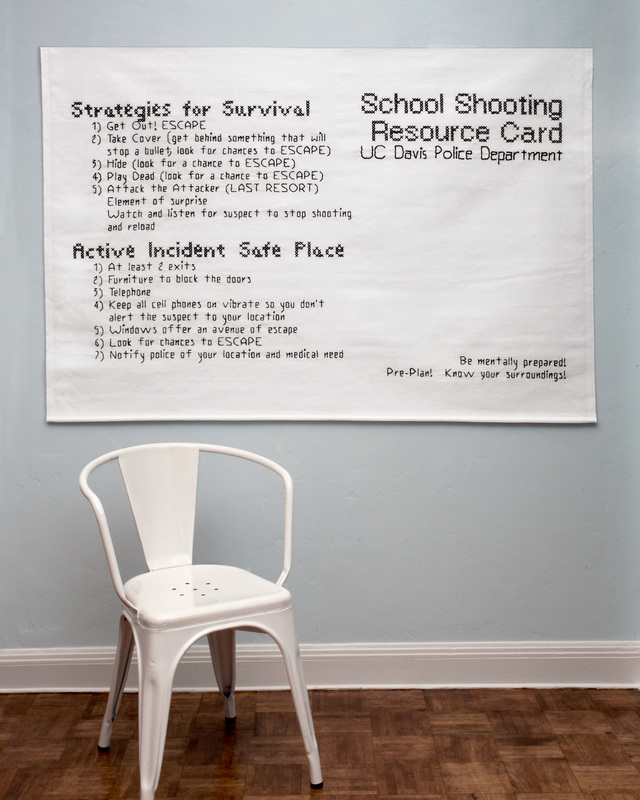
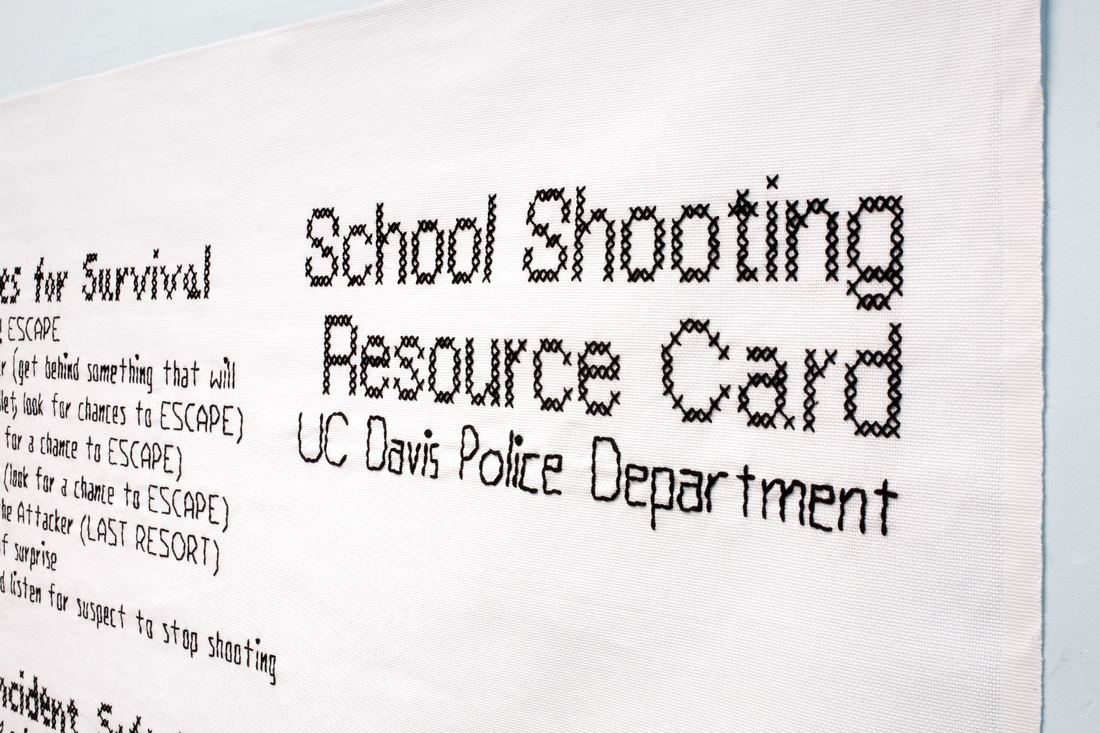
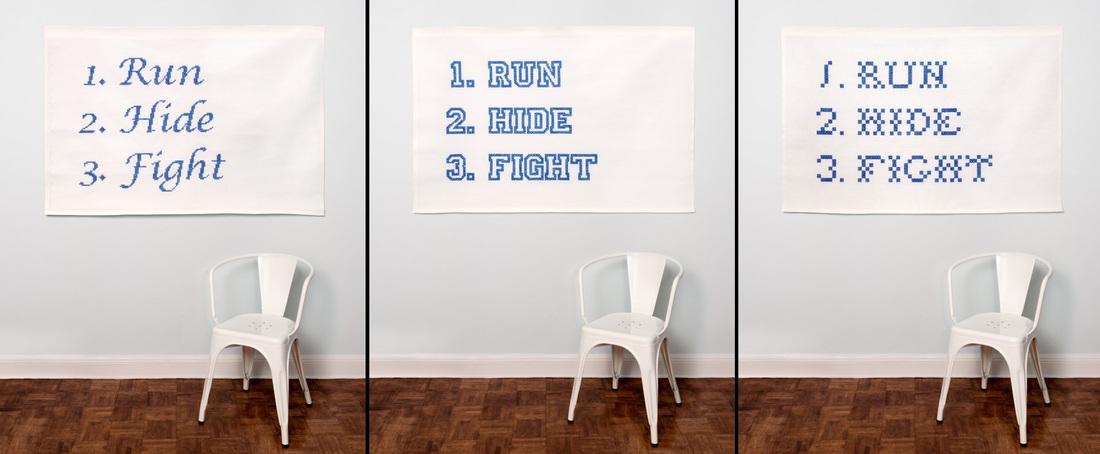
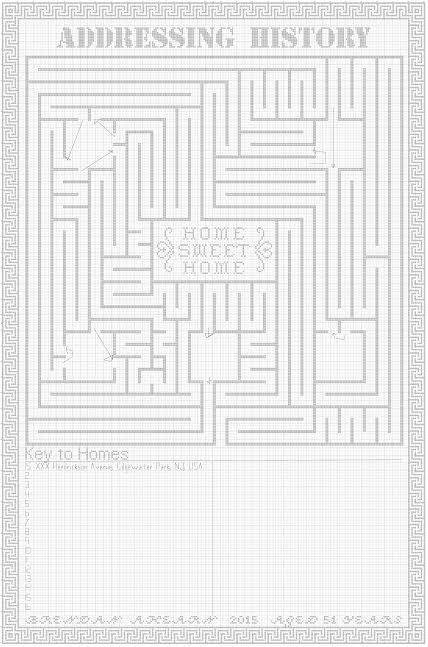
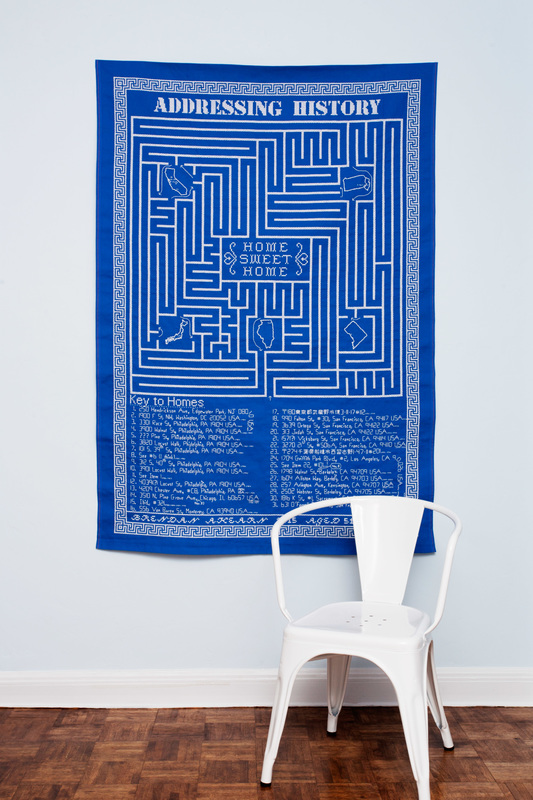
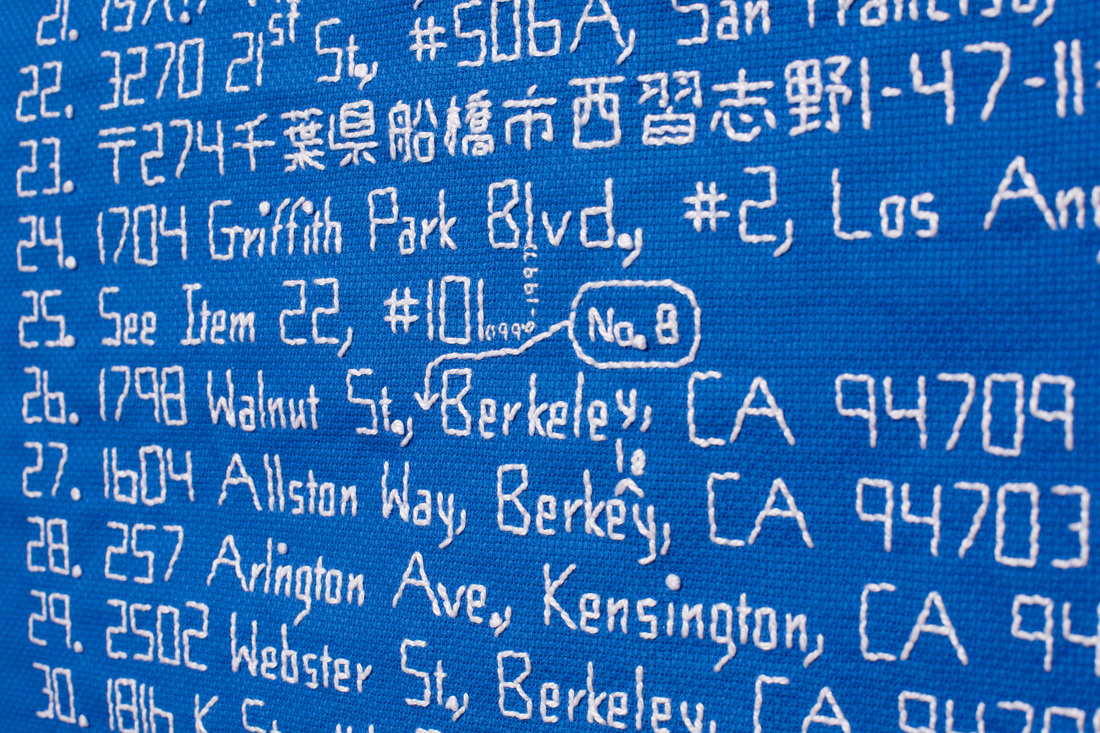
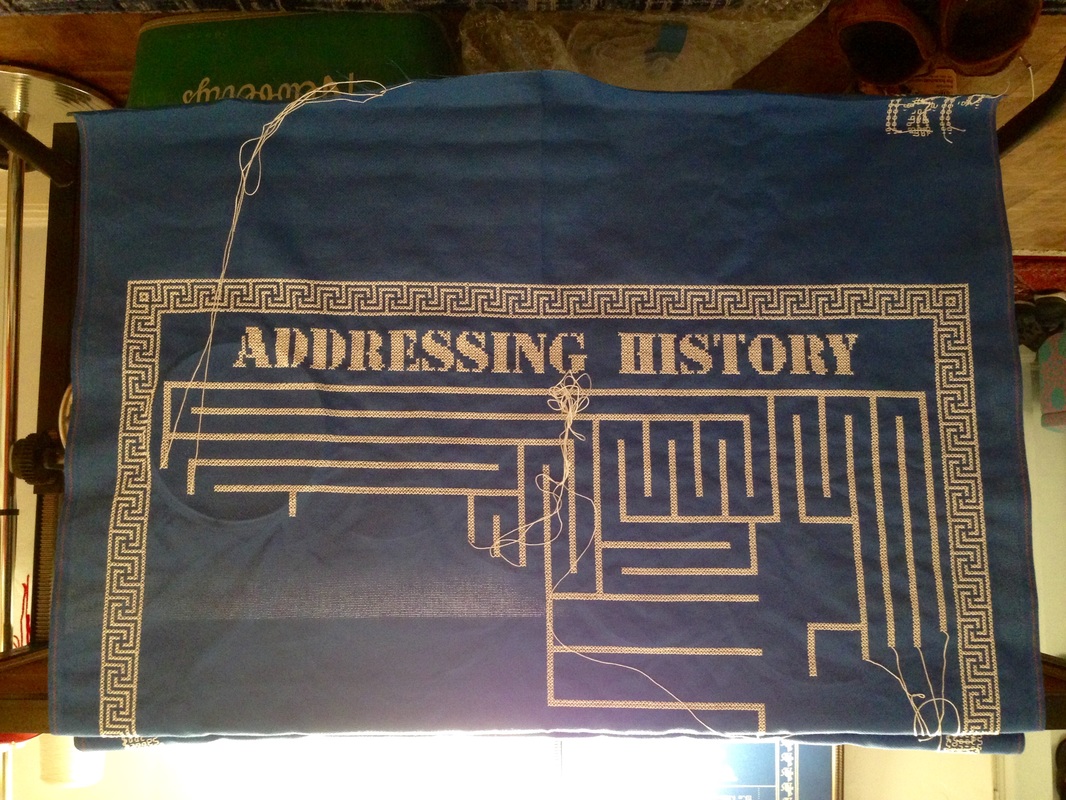
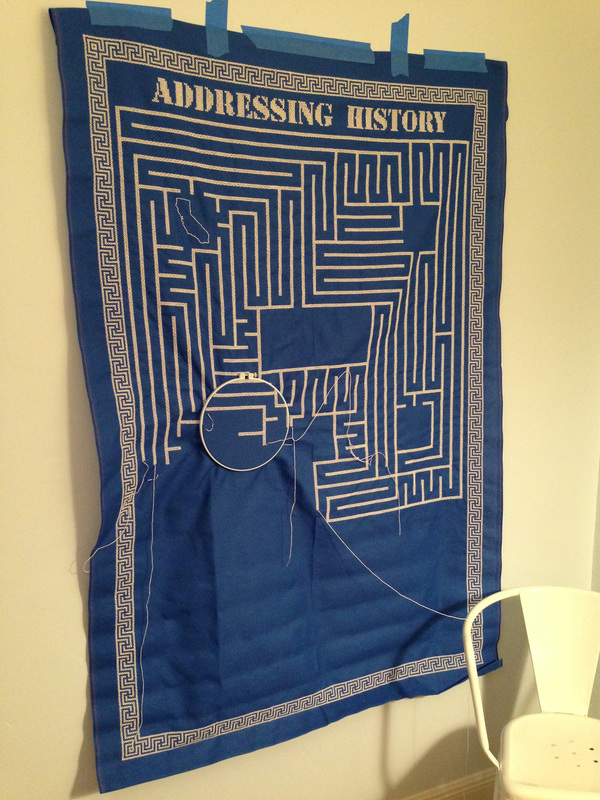
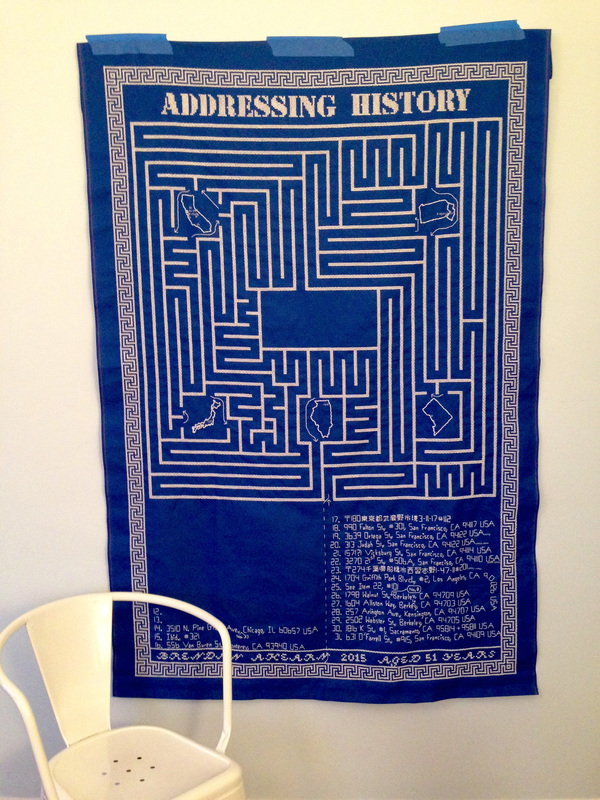
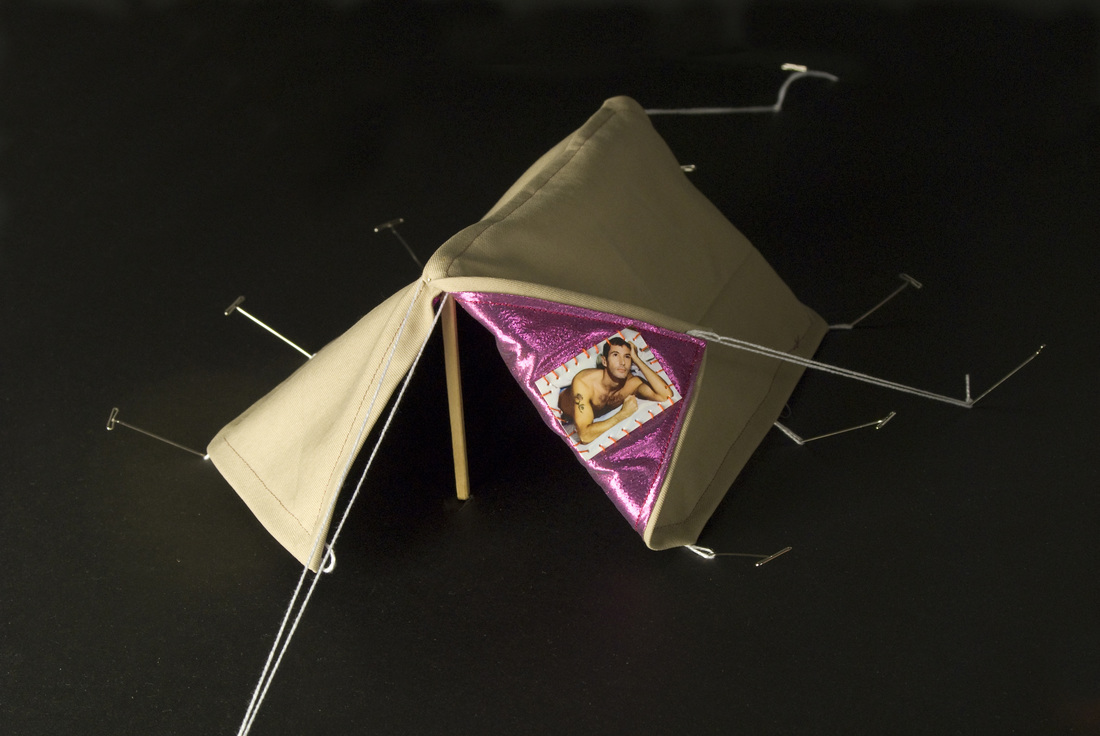
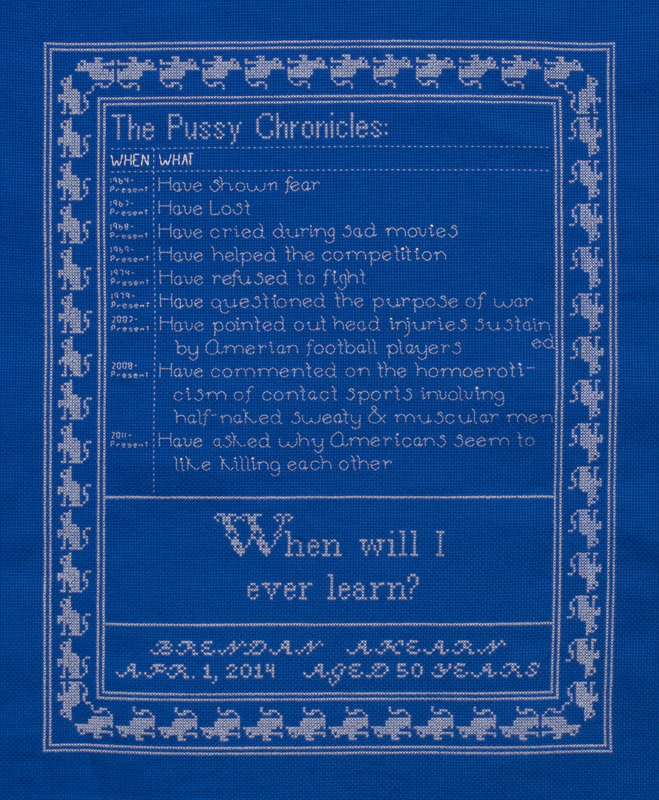
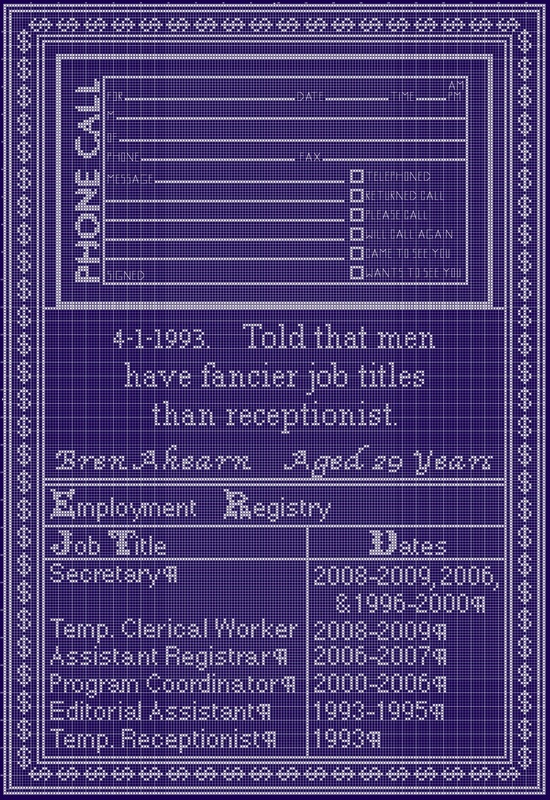
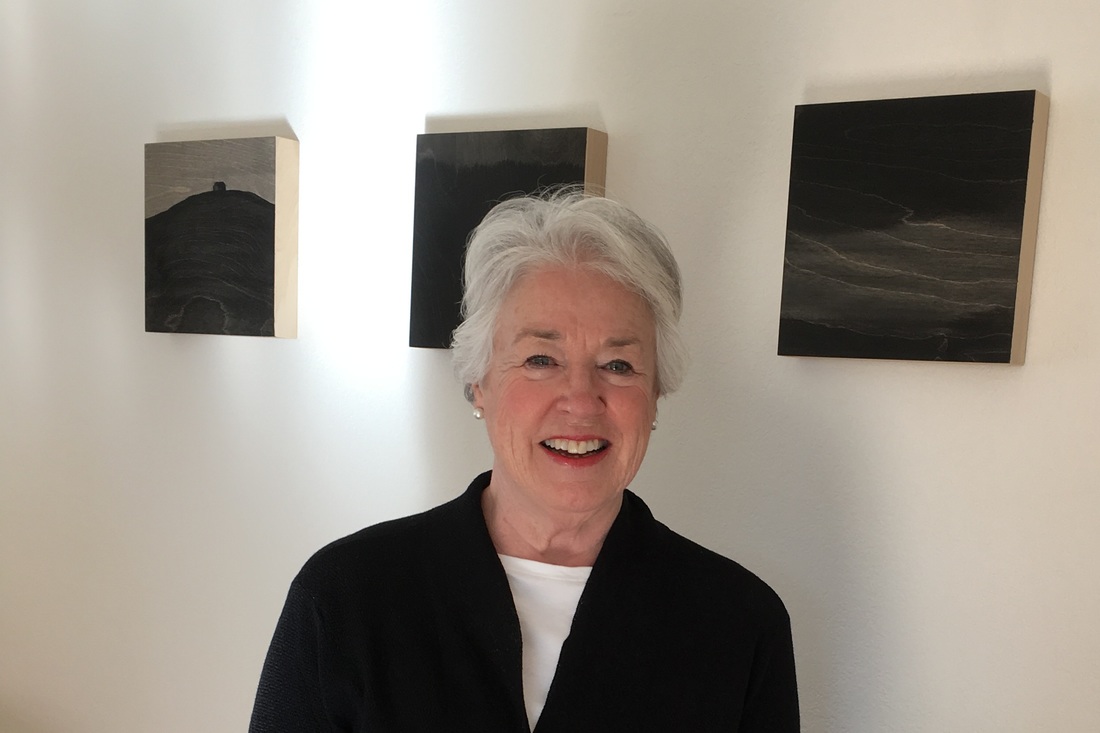
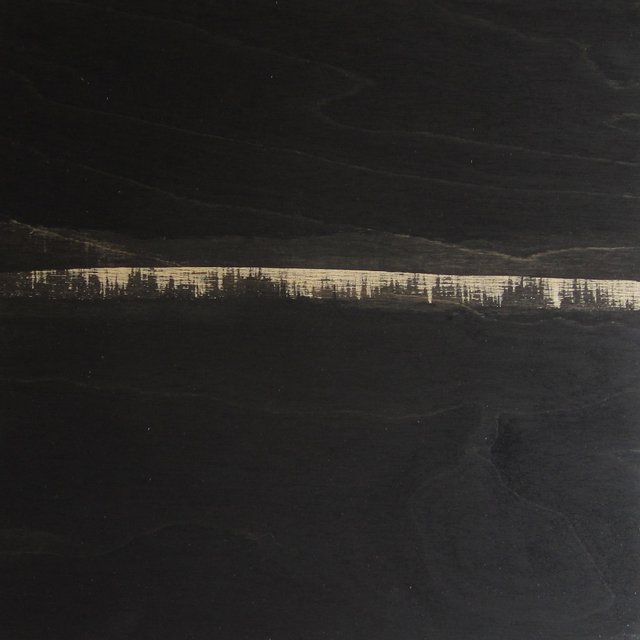
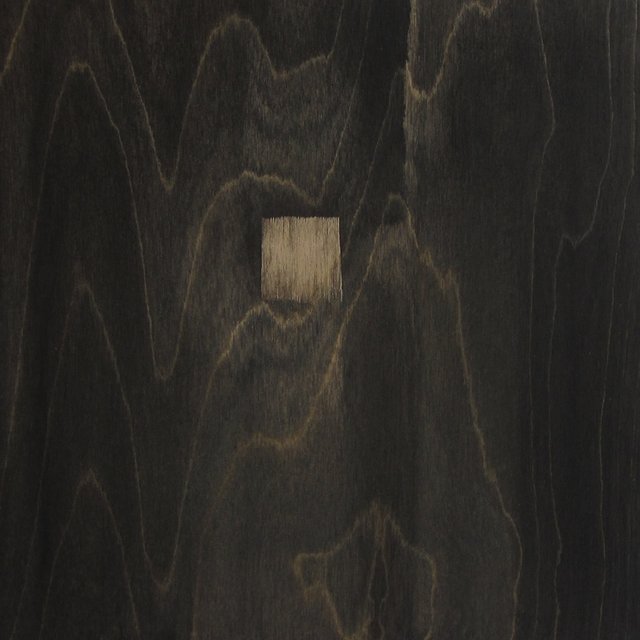
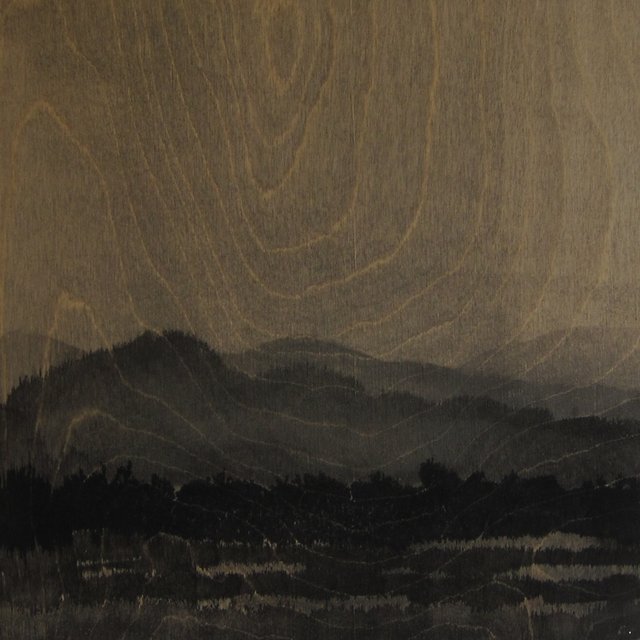
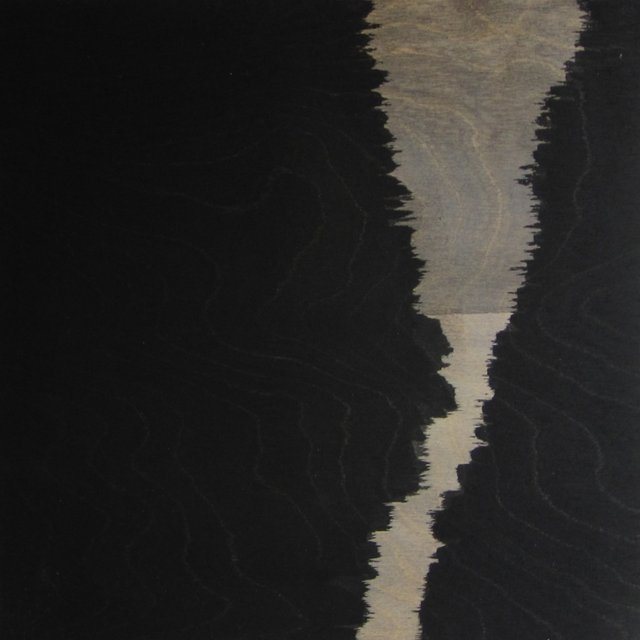
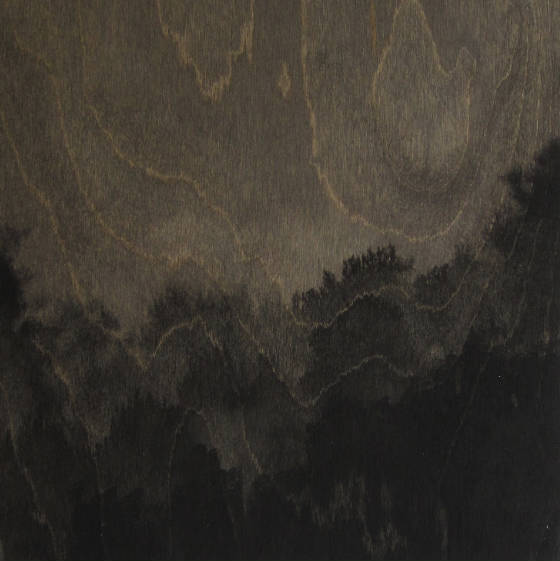
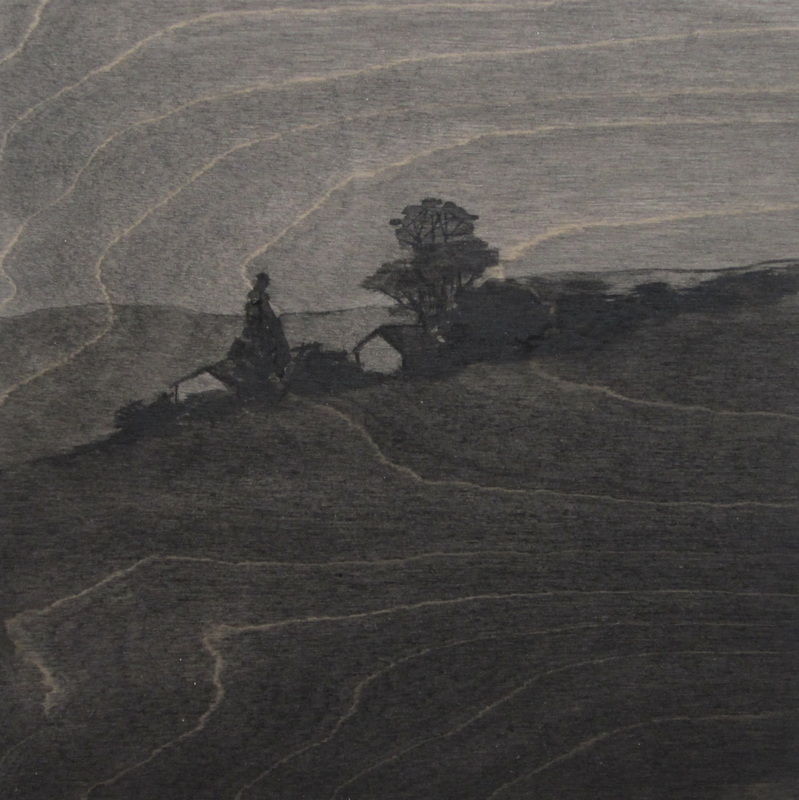
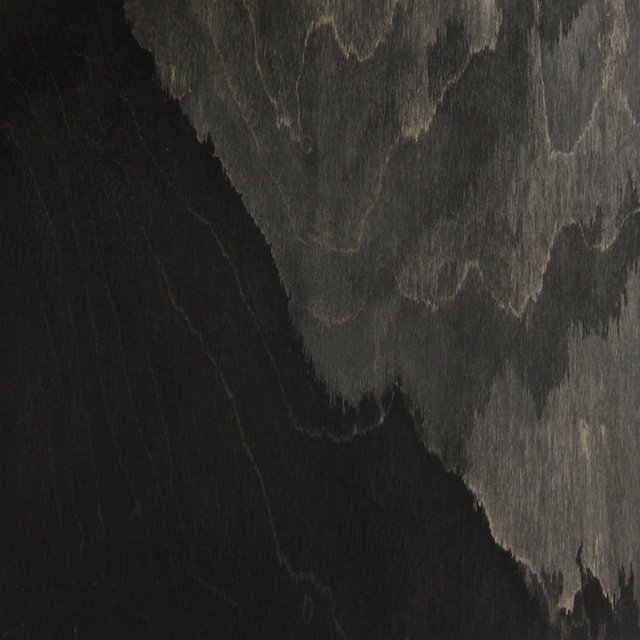
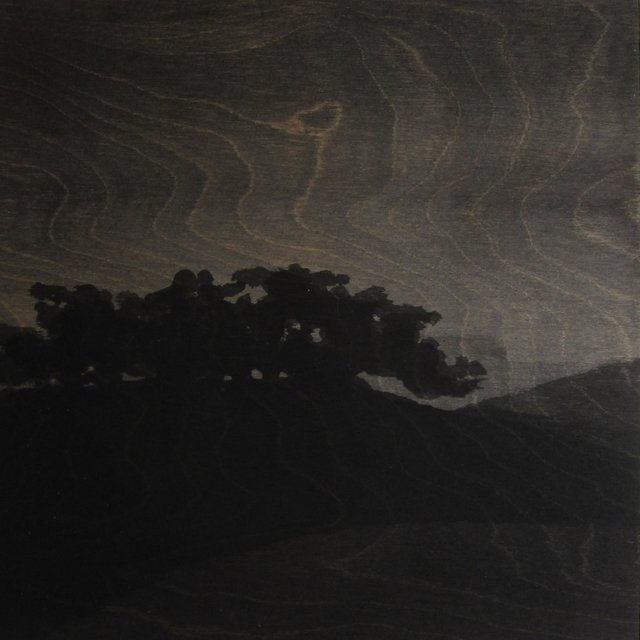
 RSS Feed
RSS Feed
